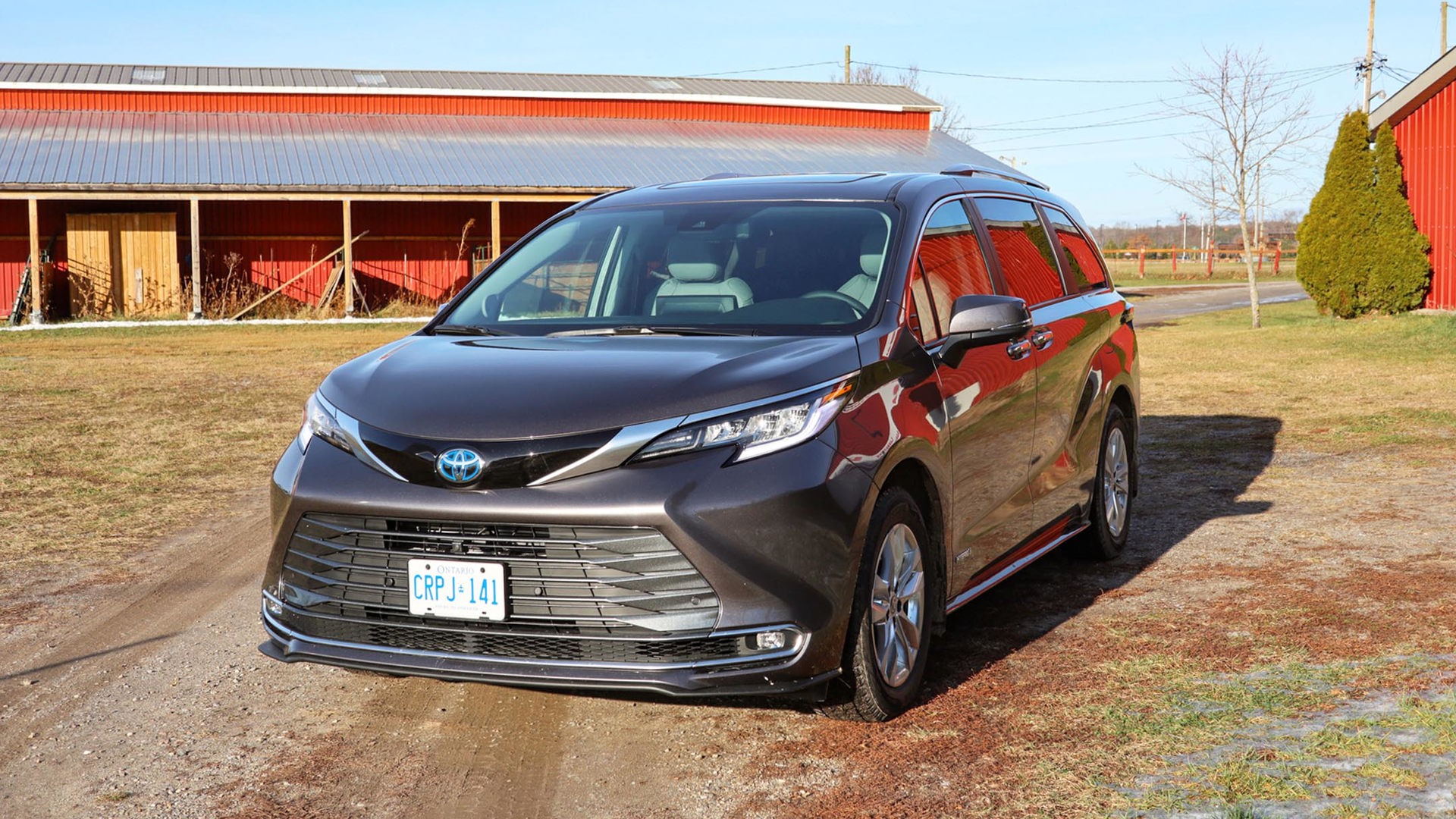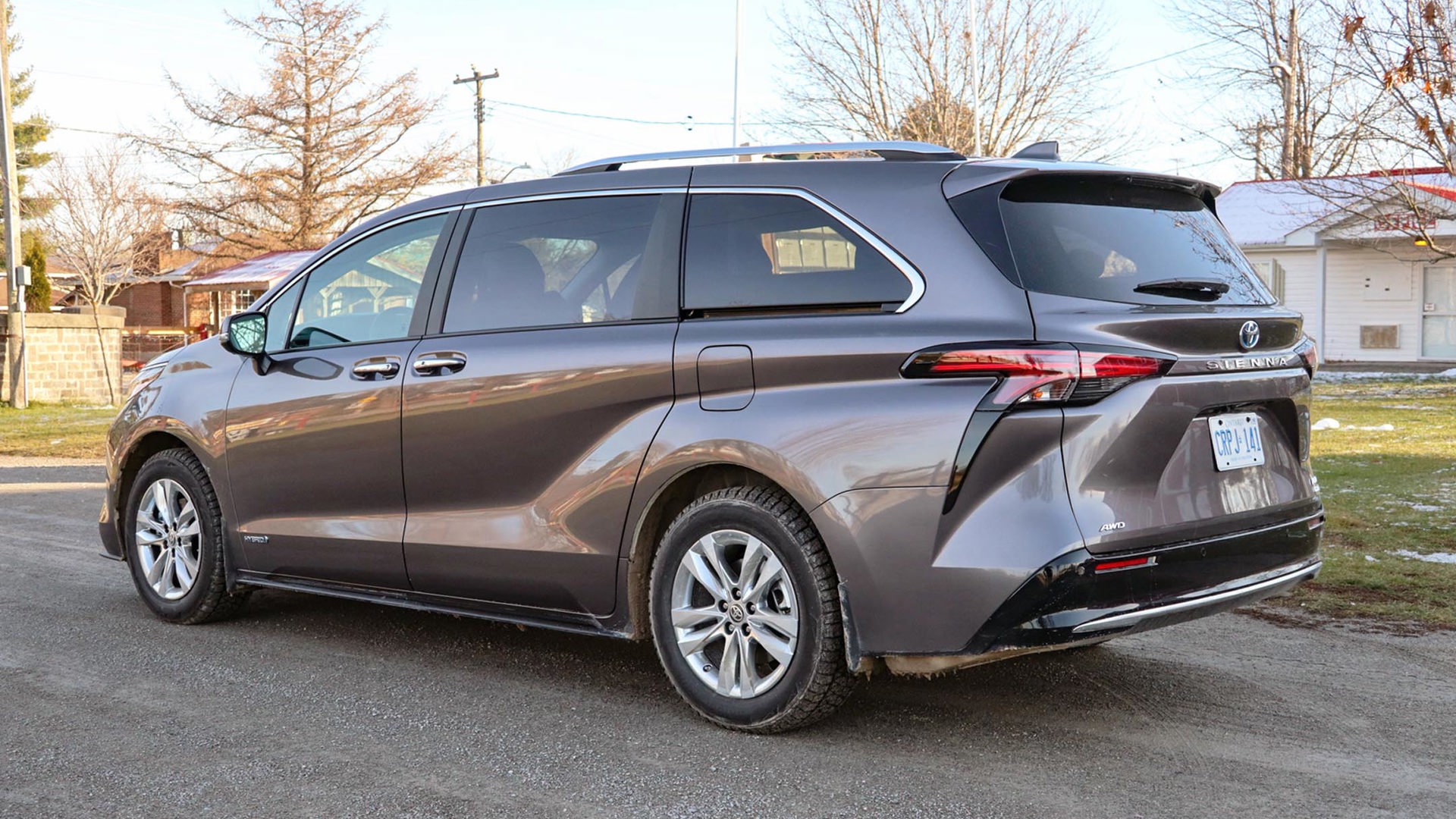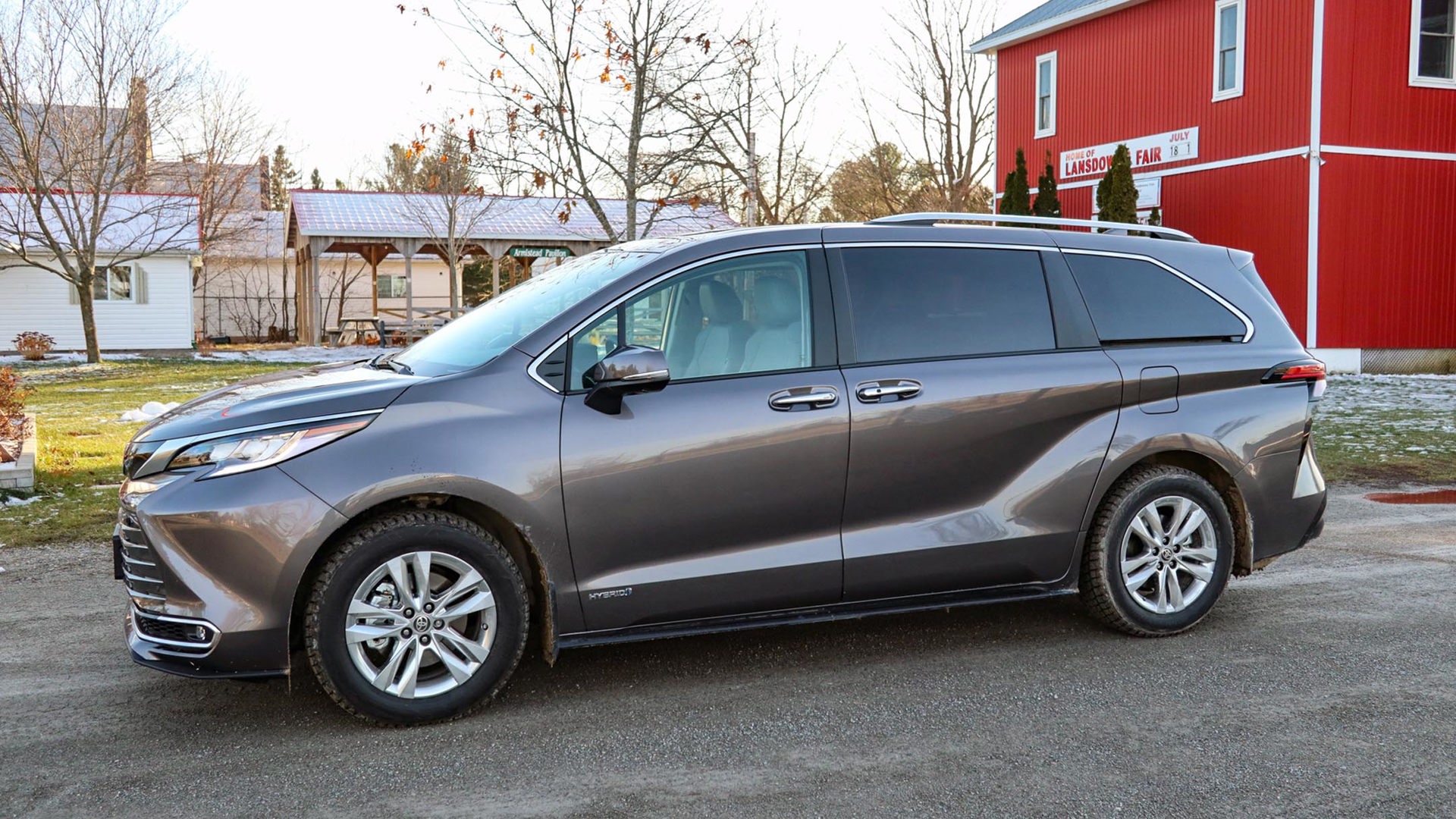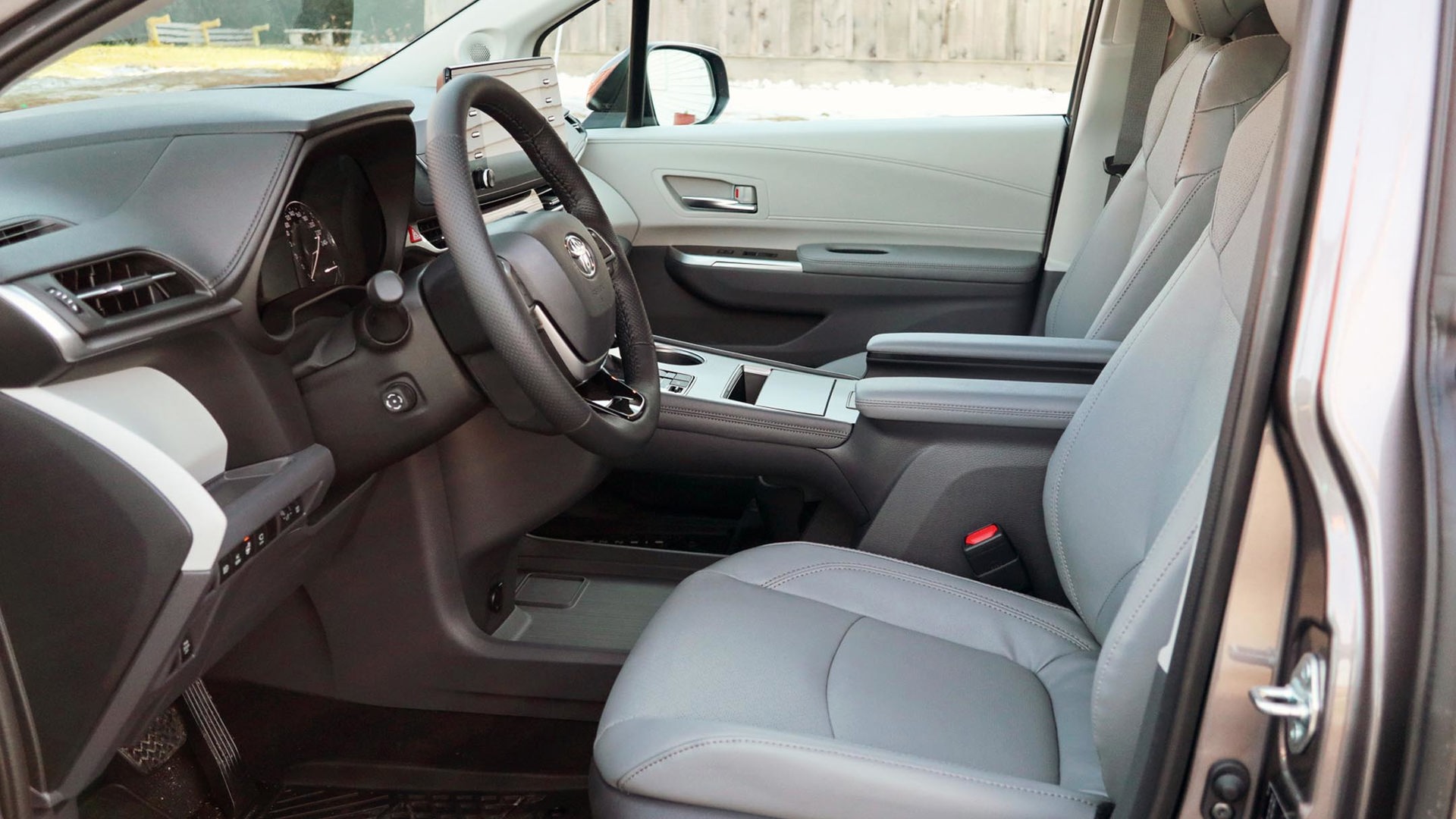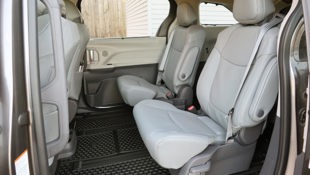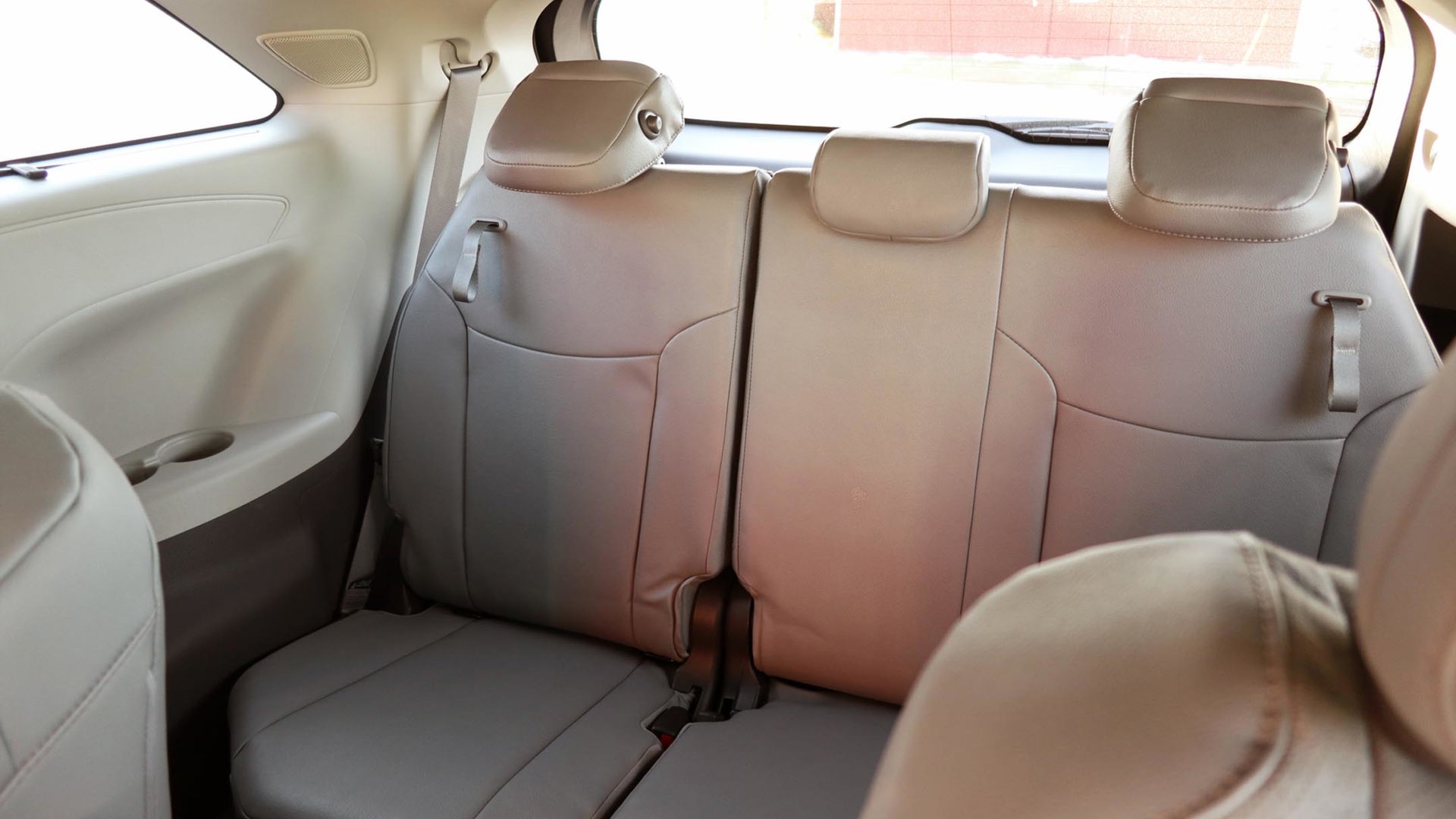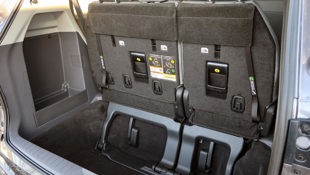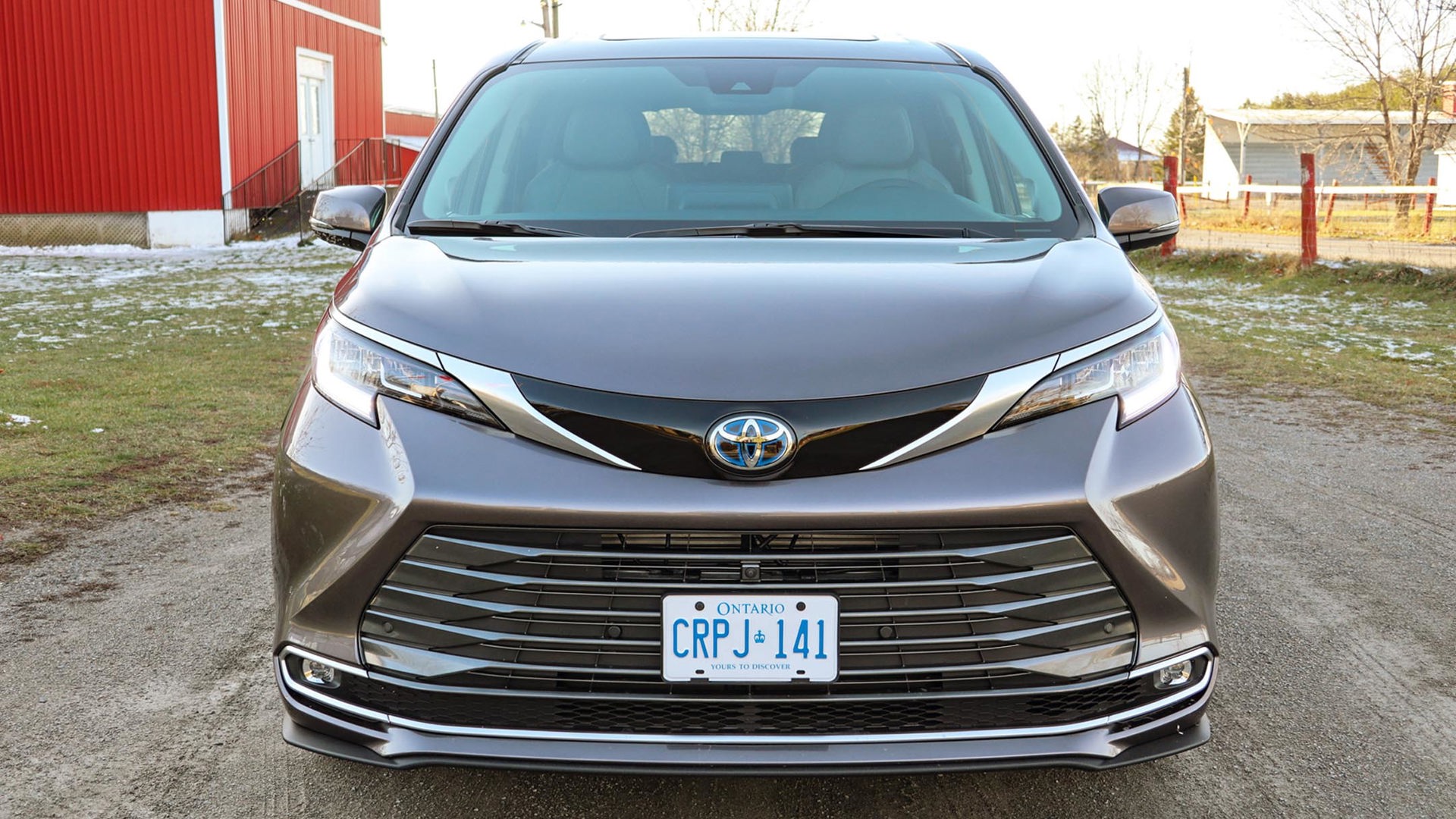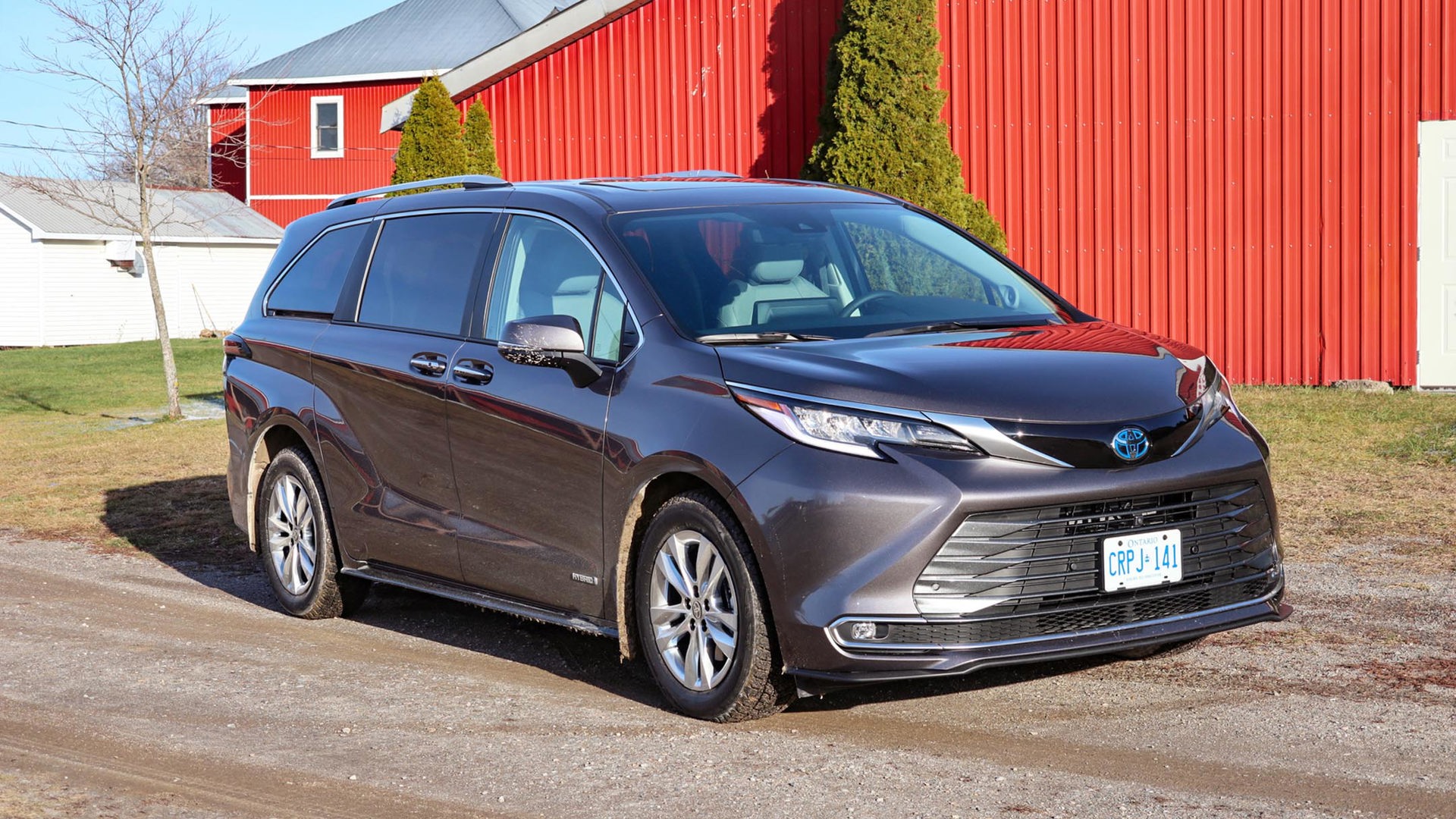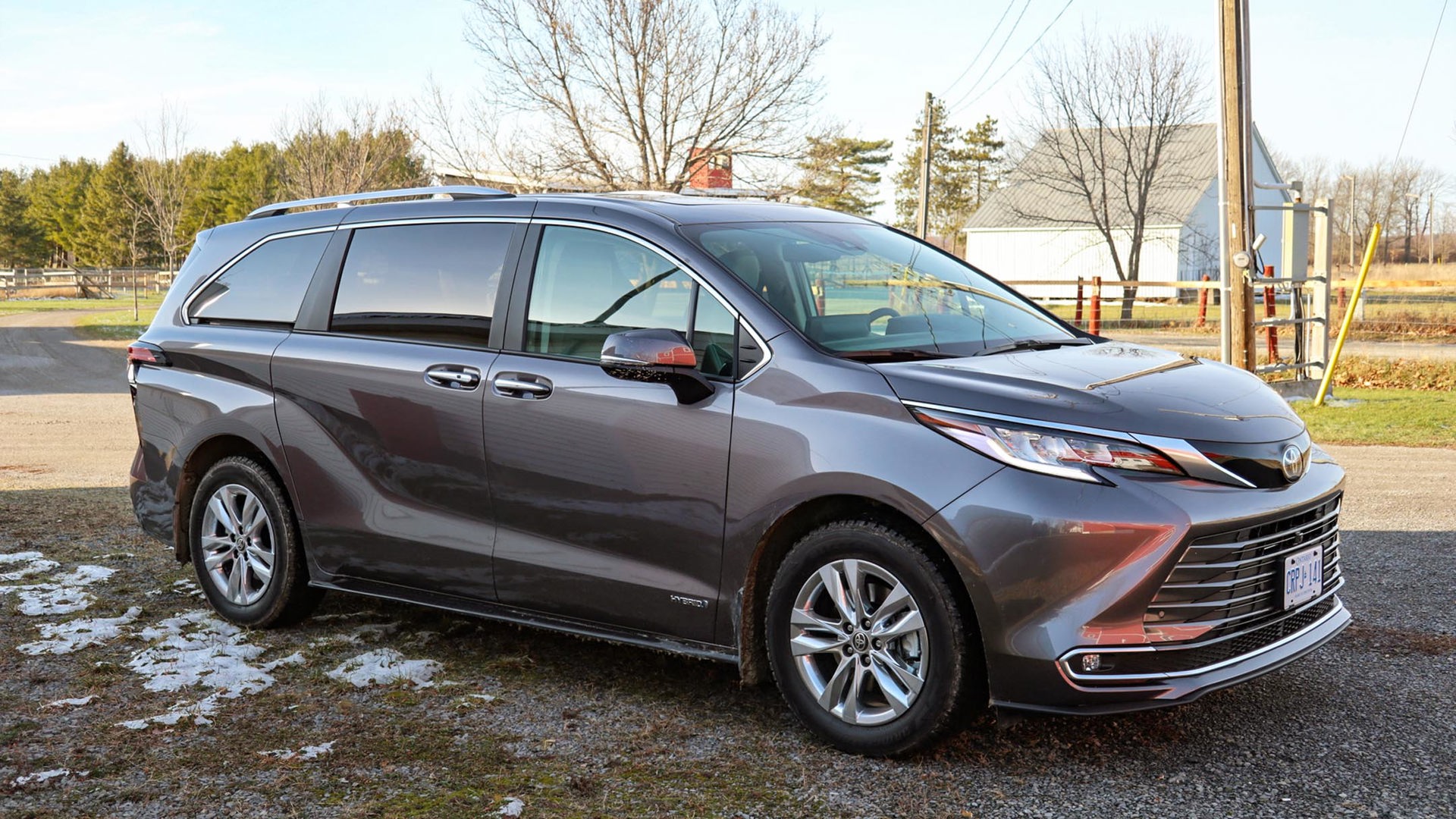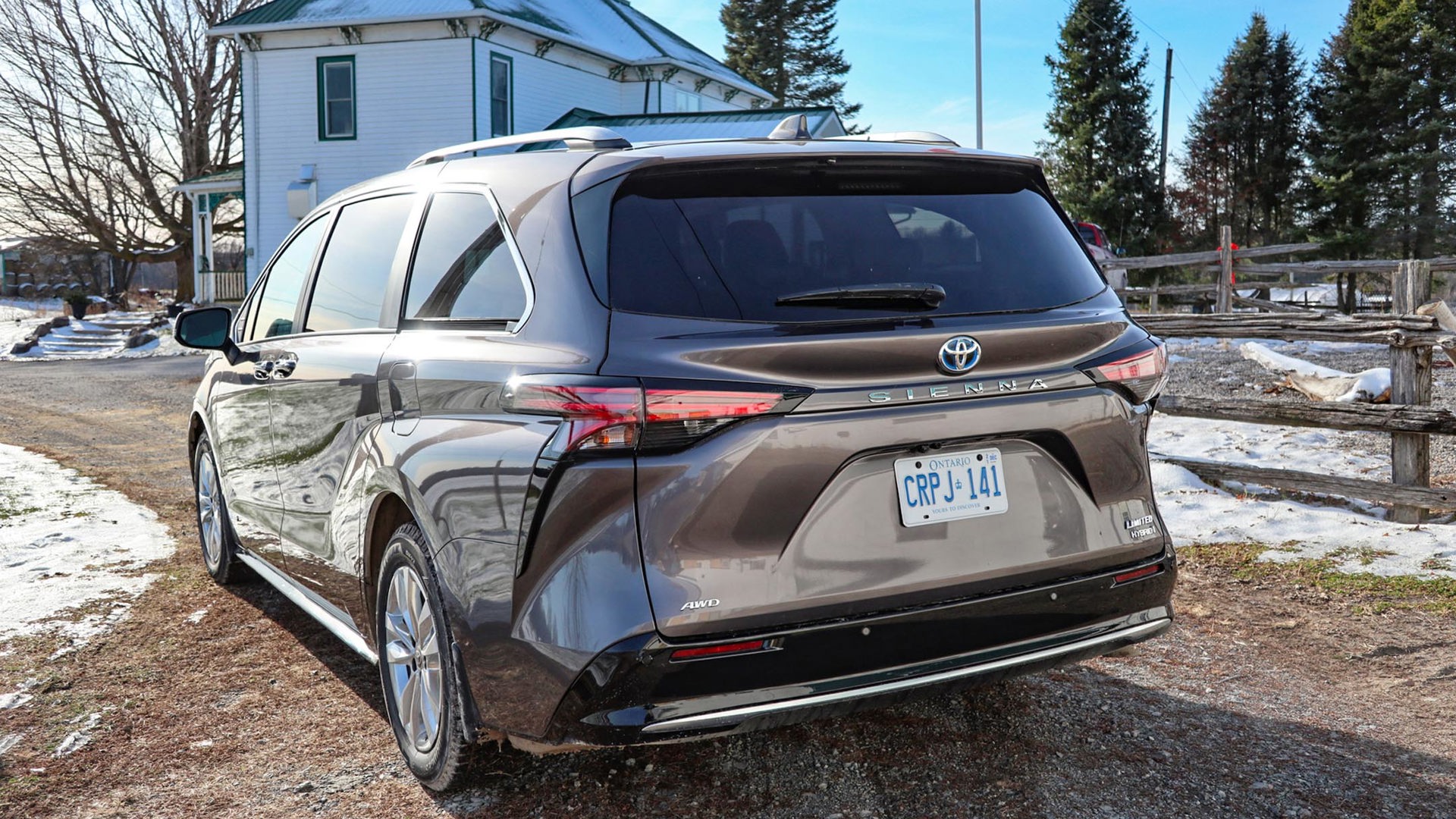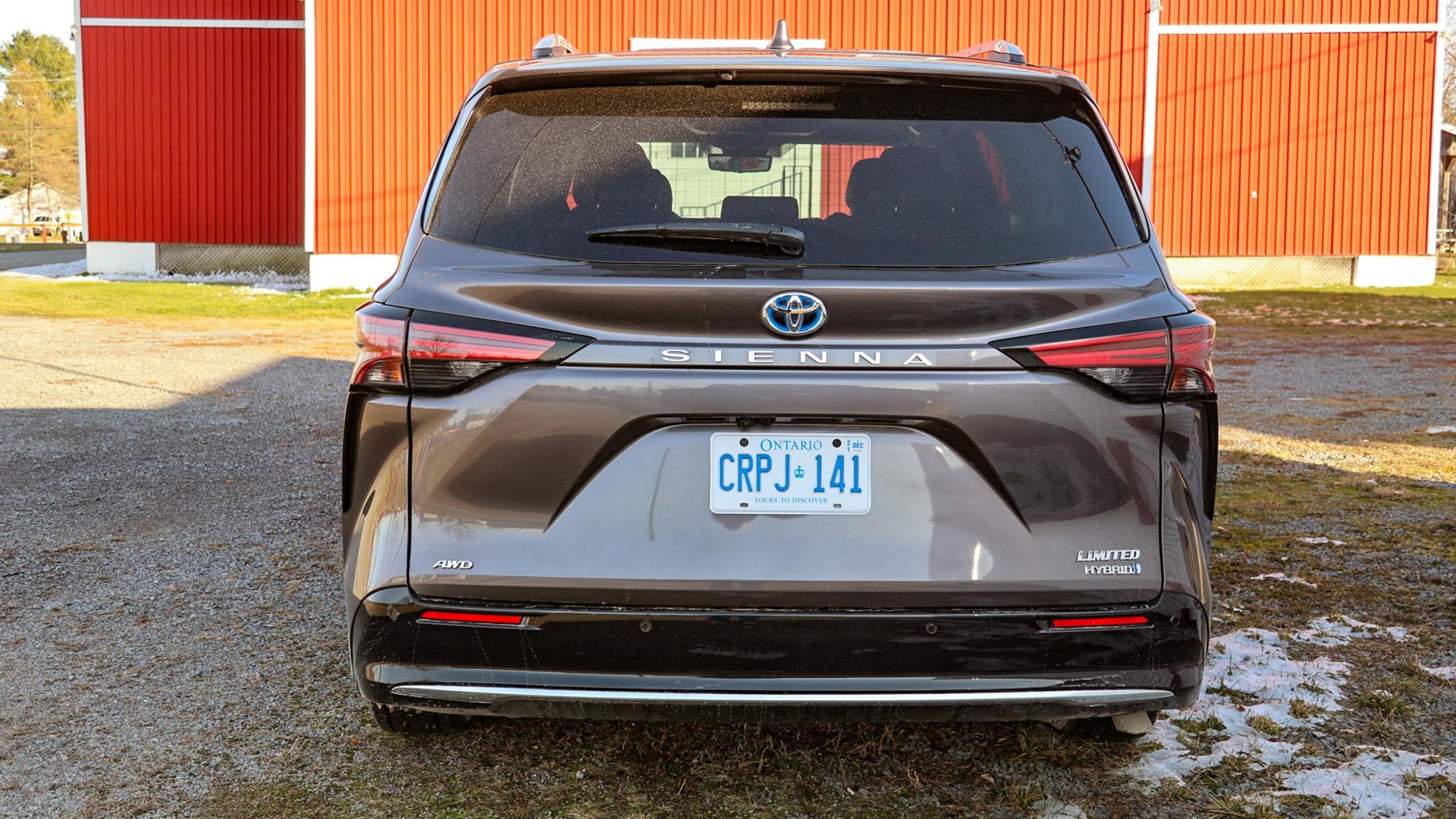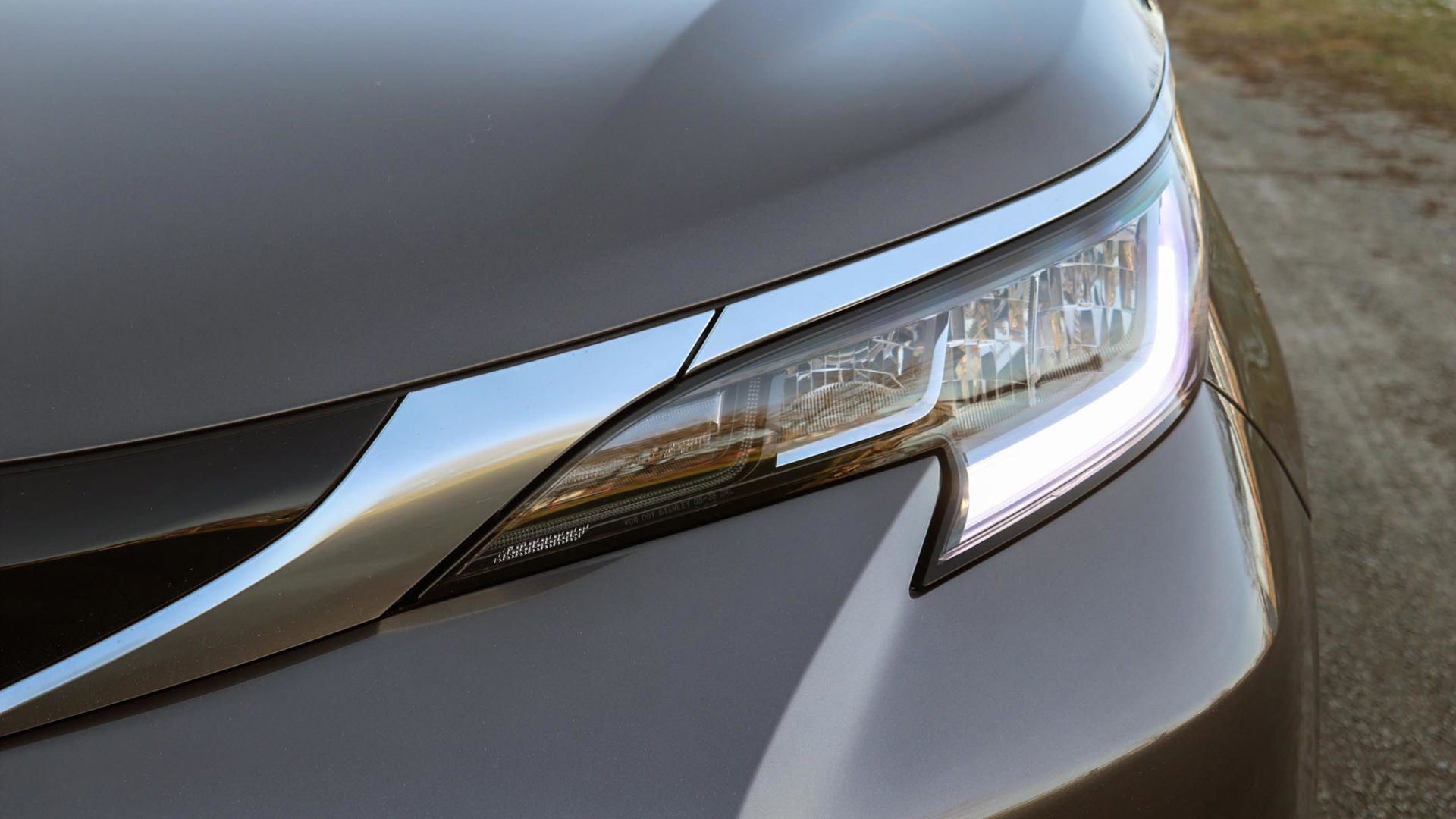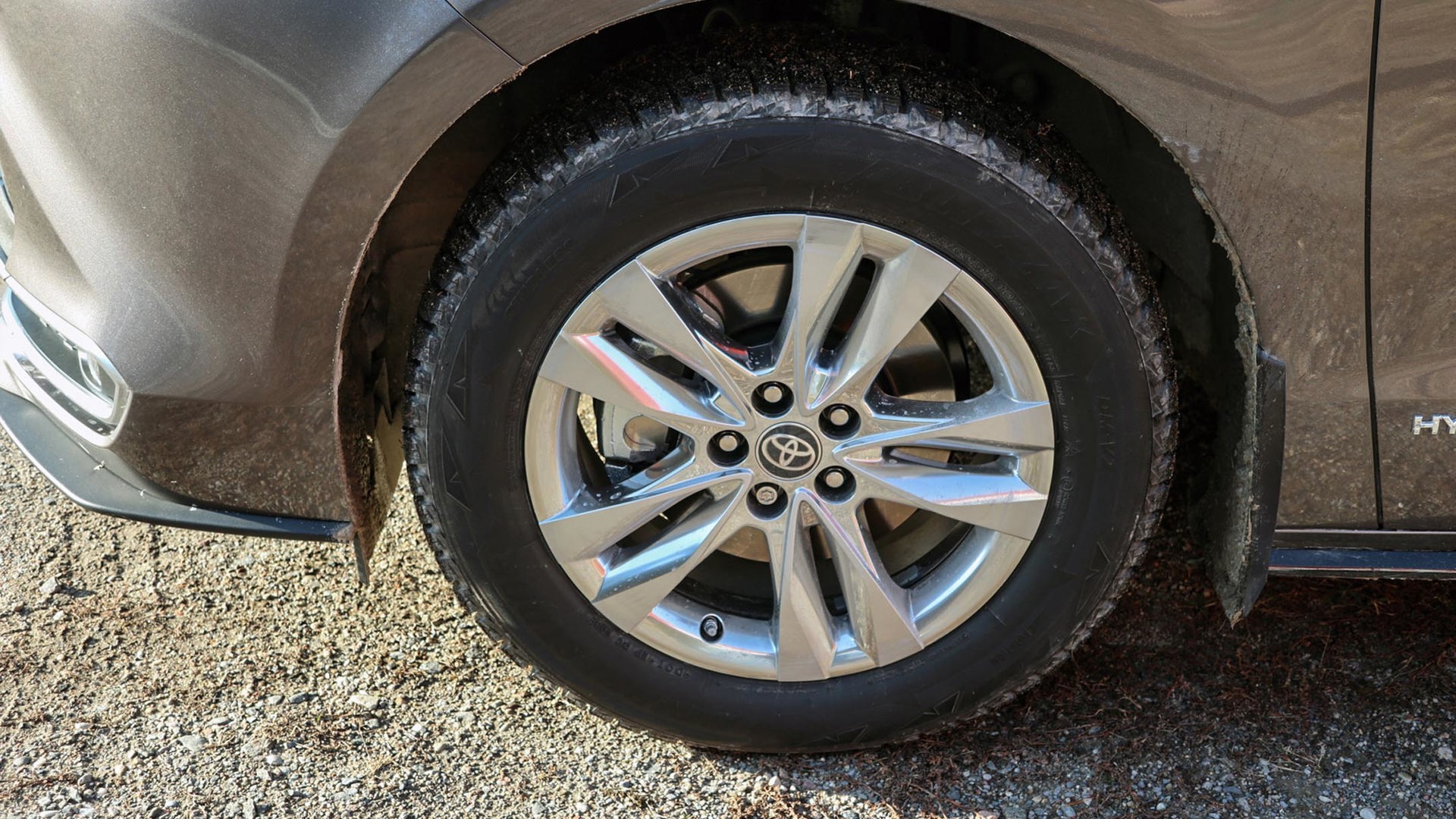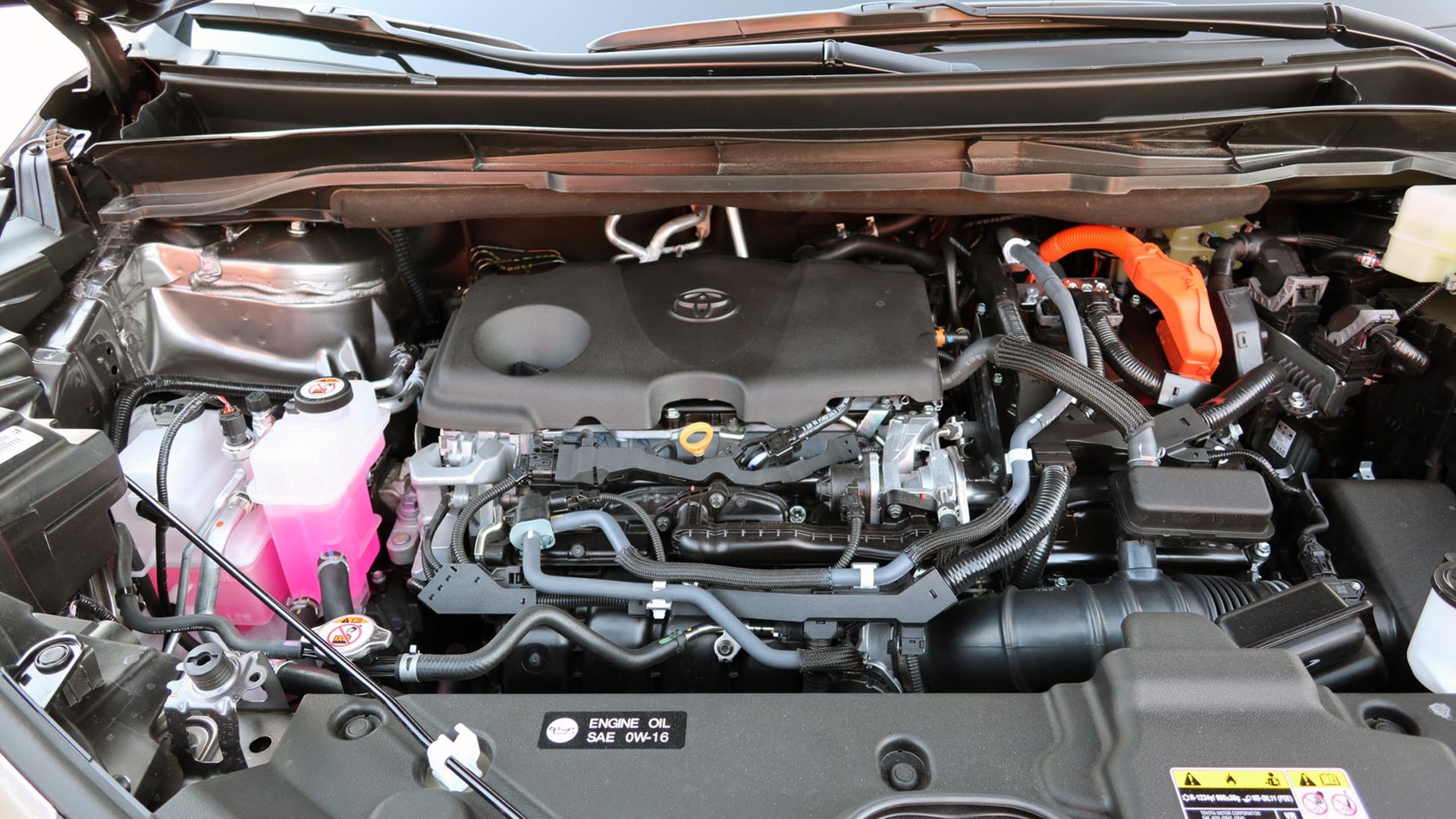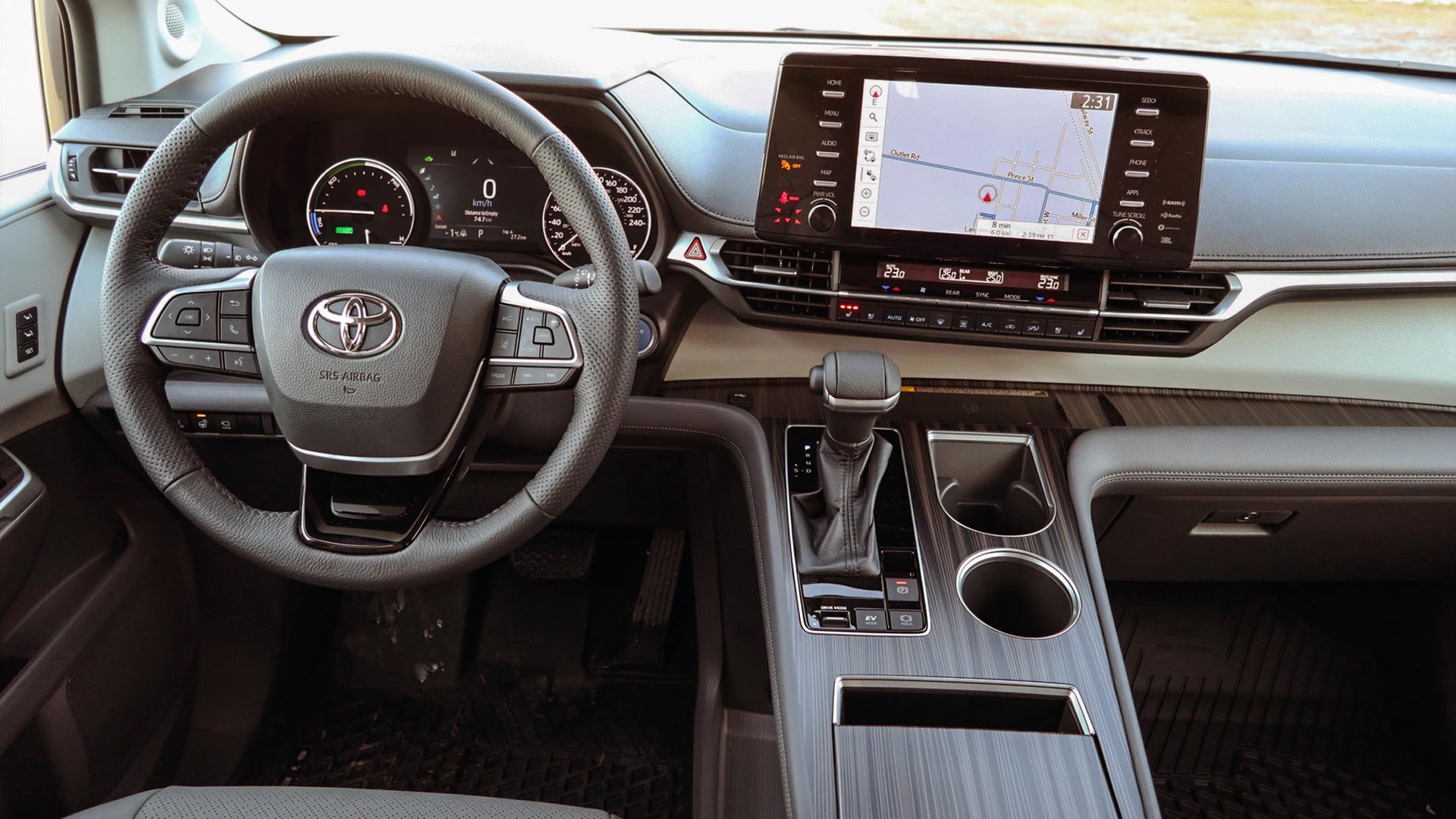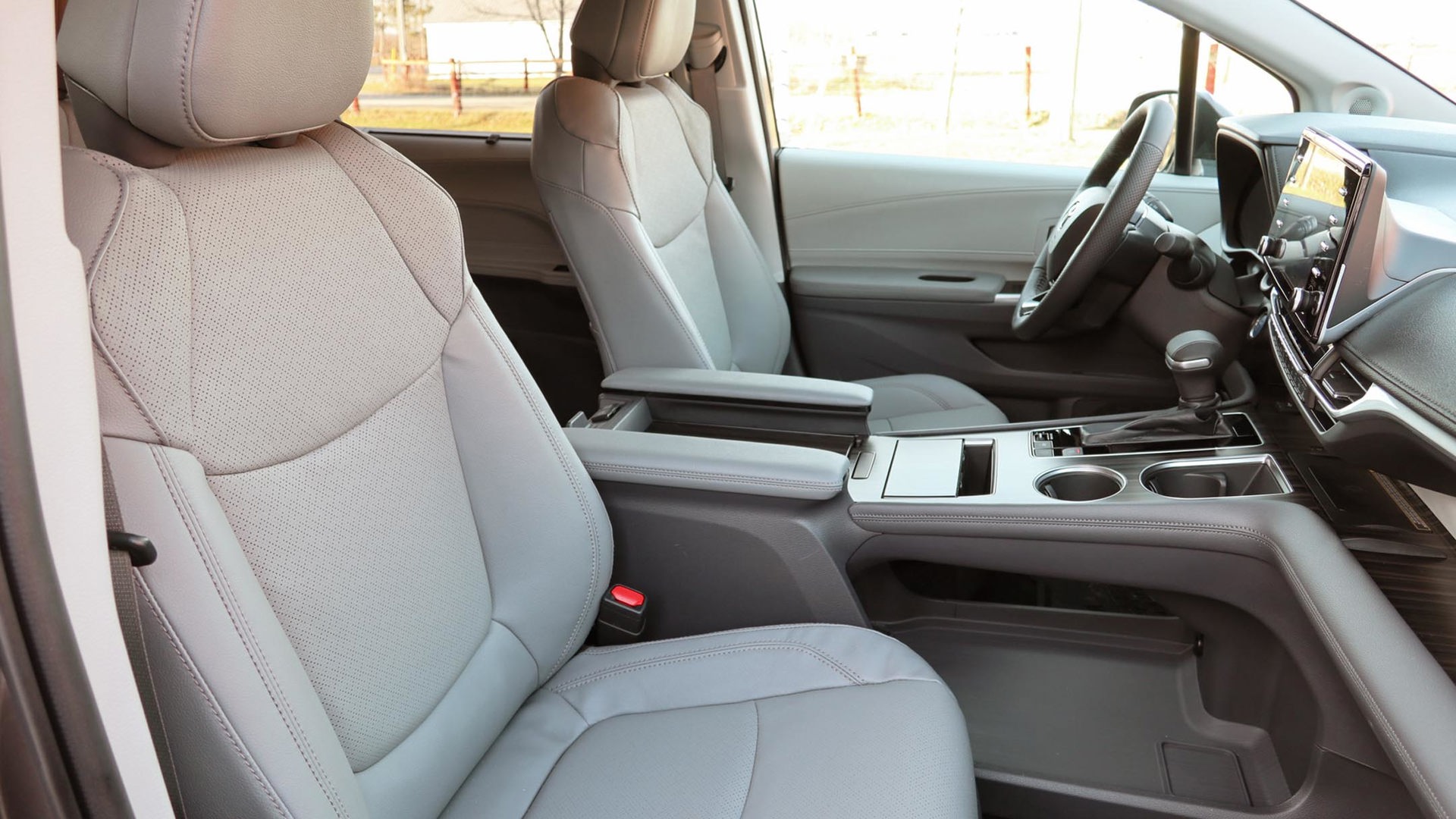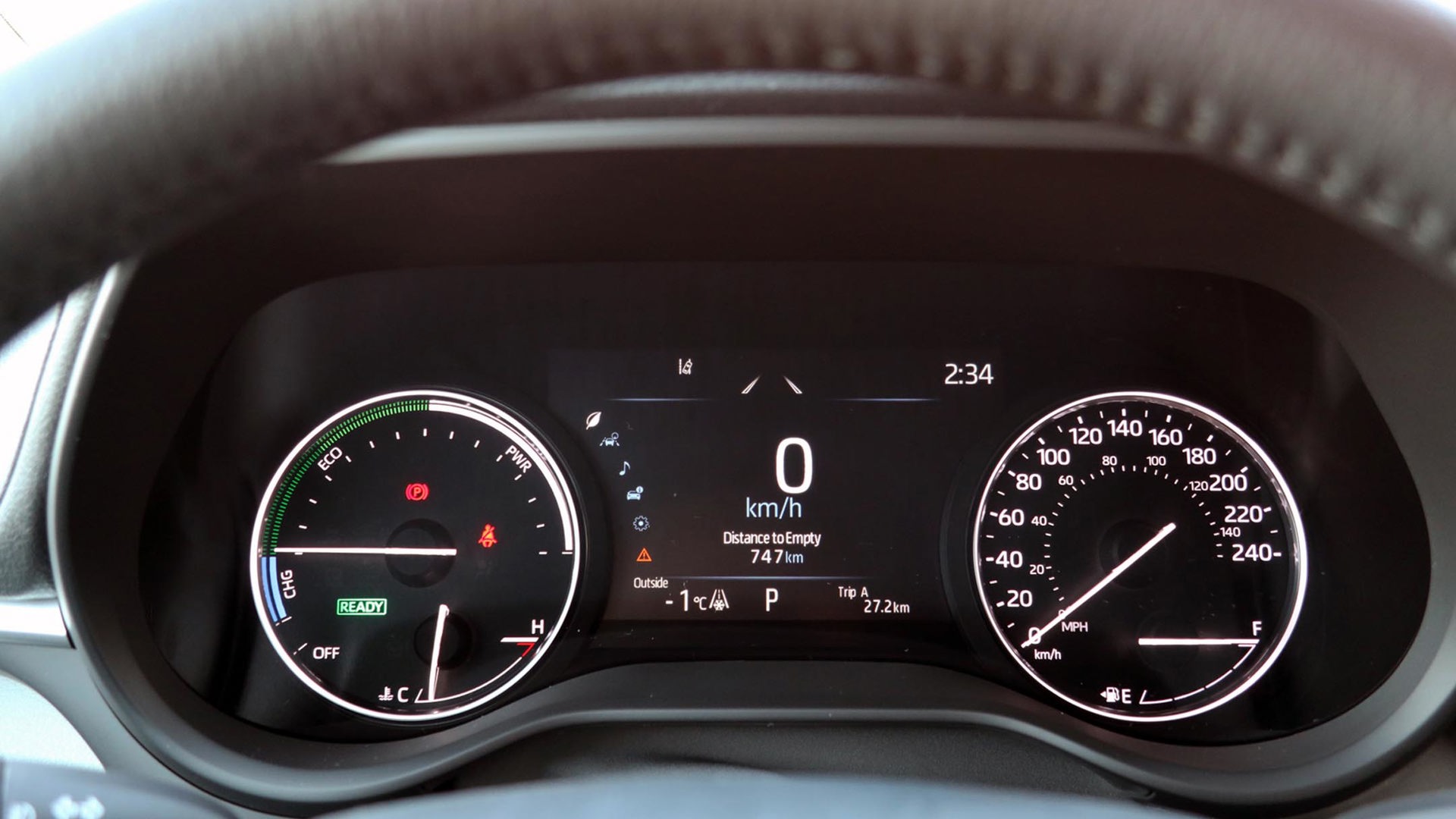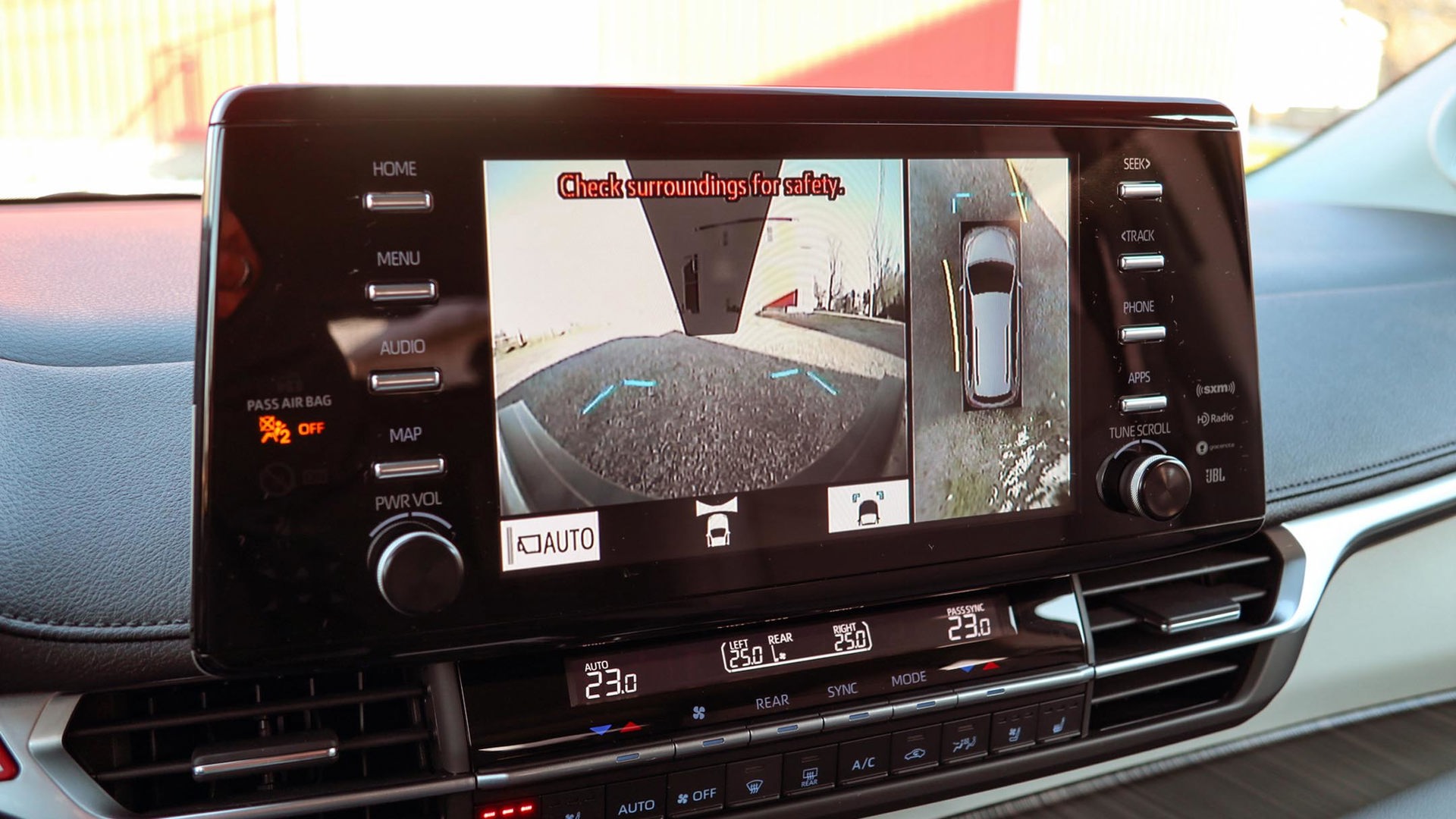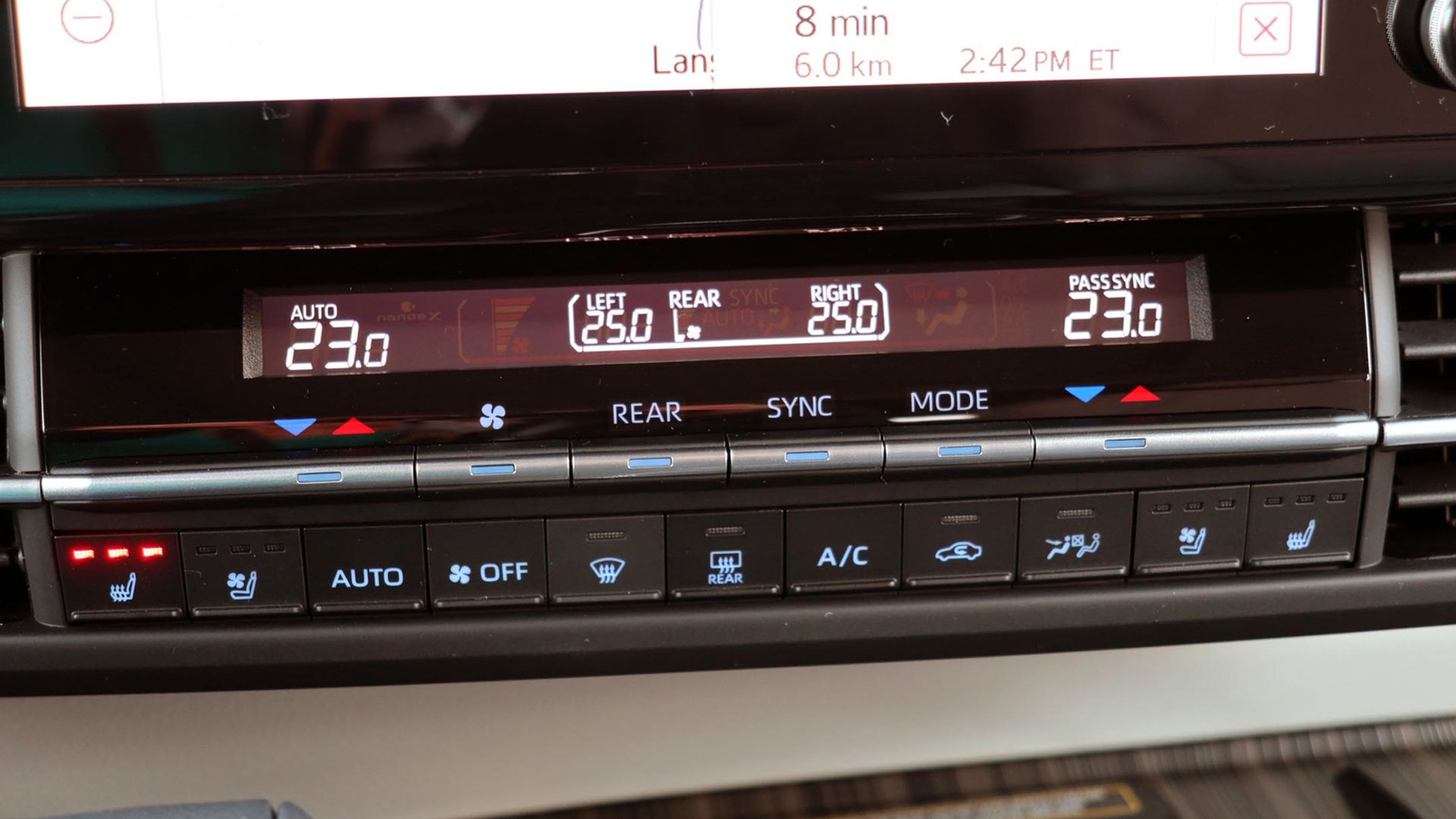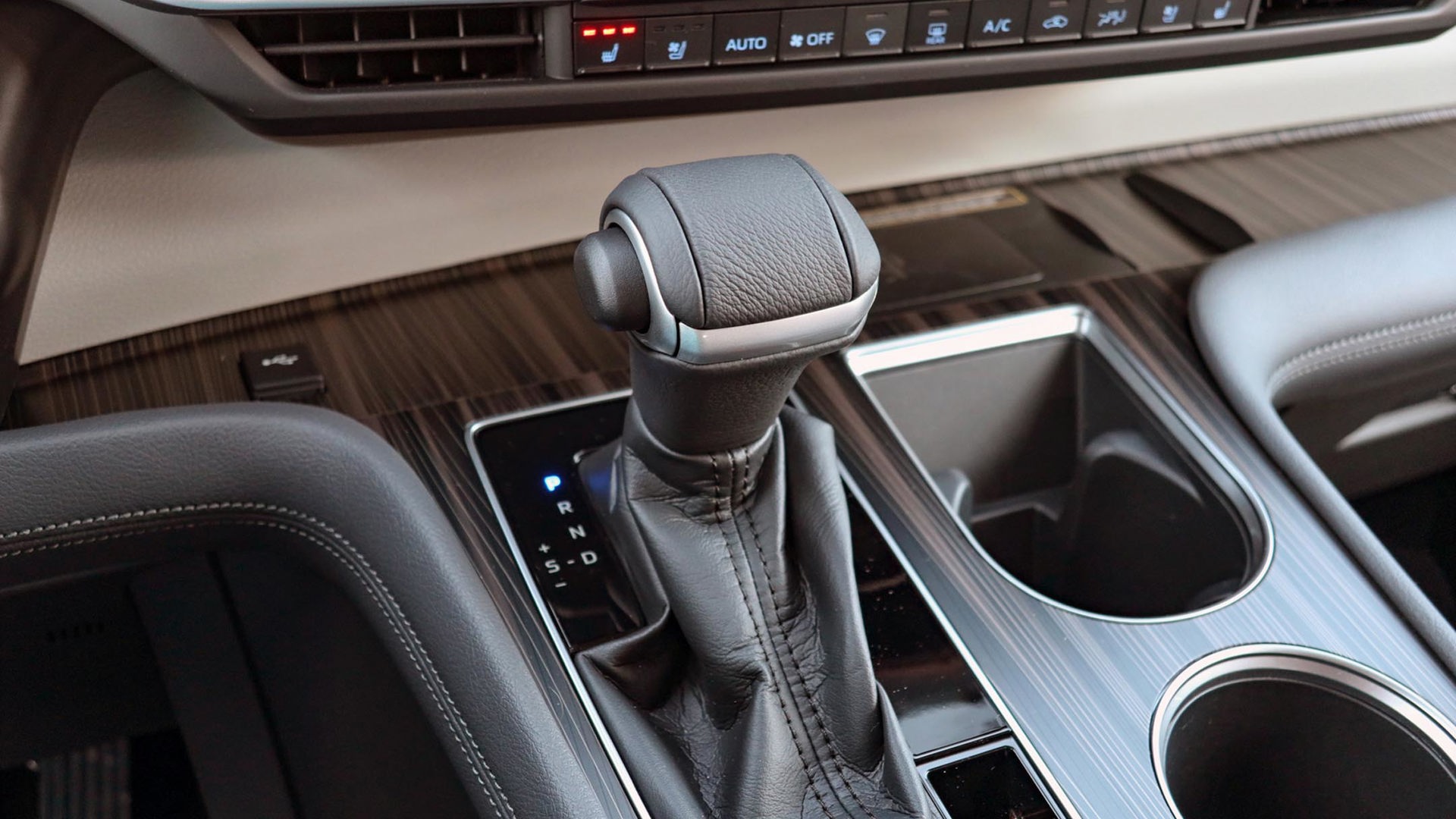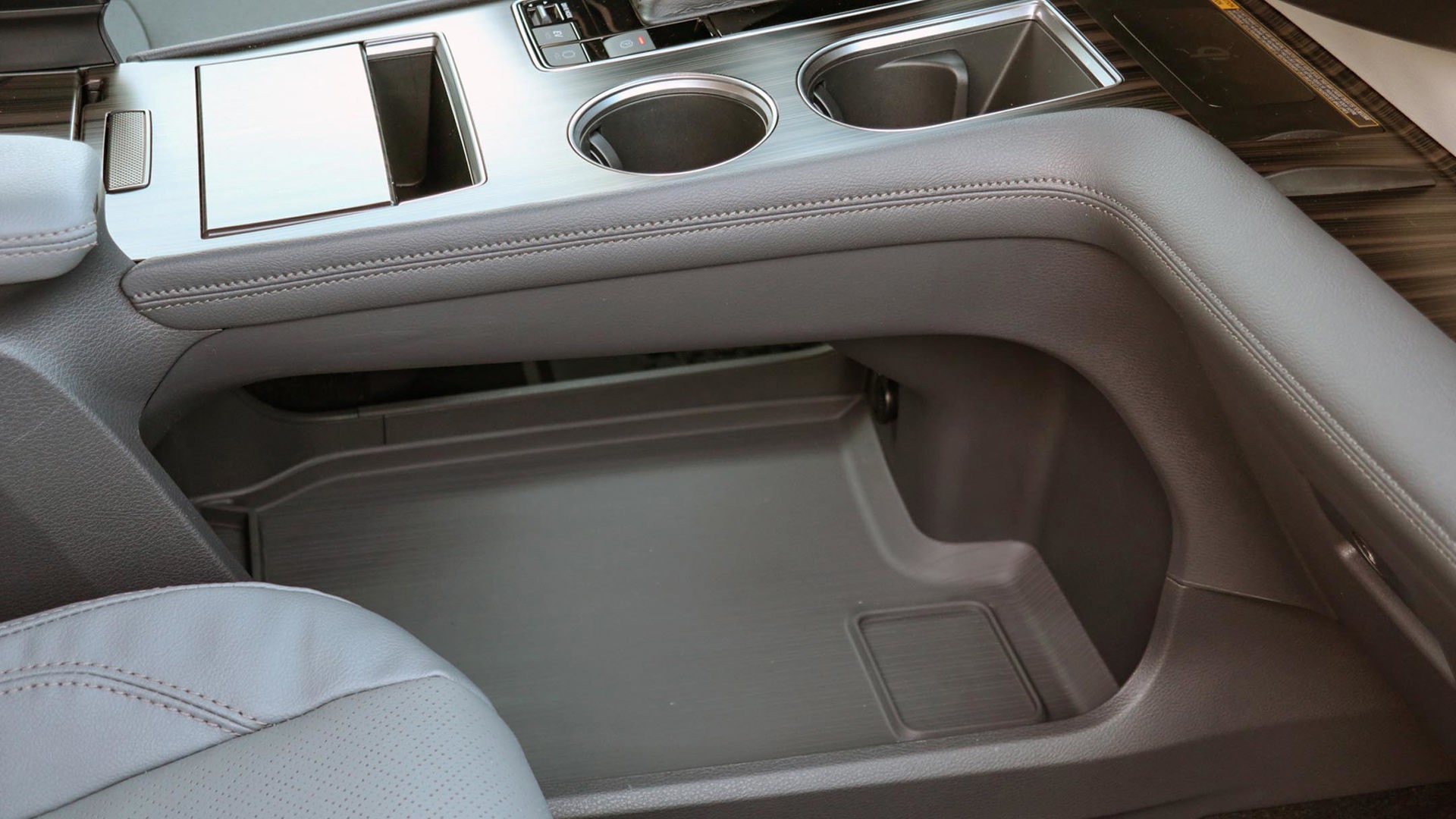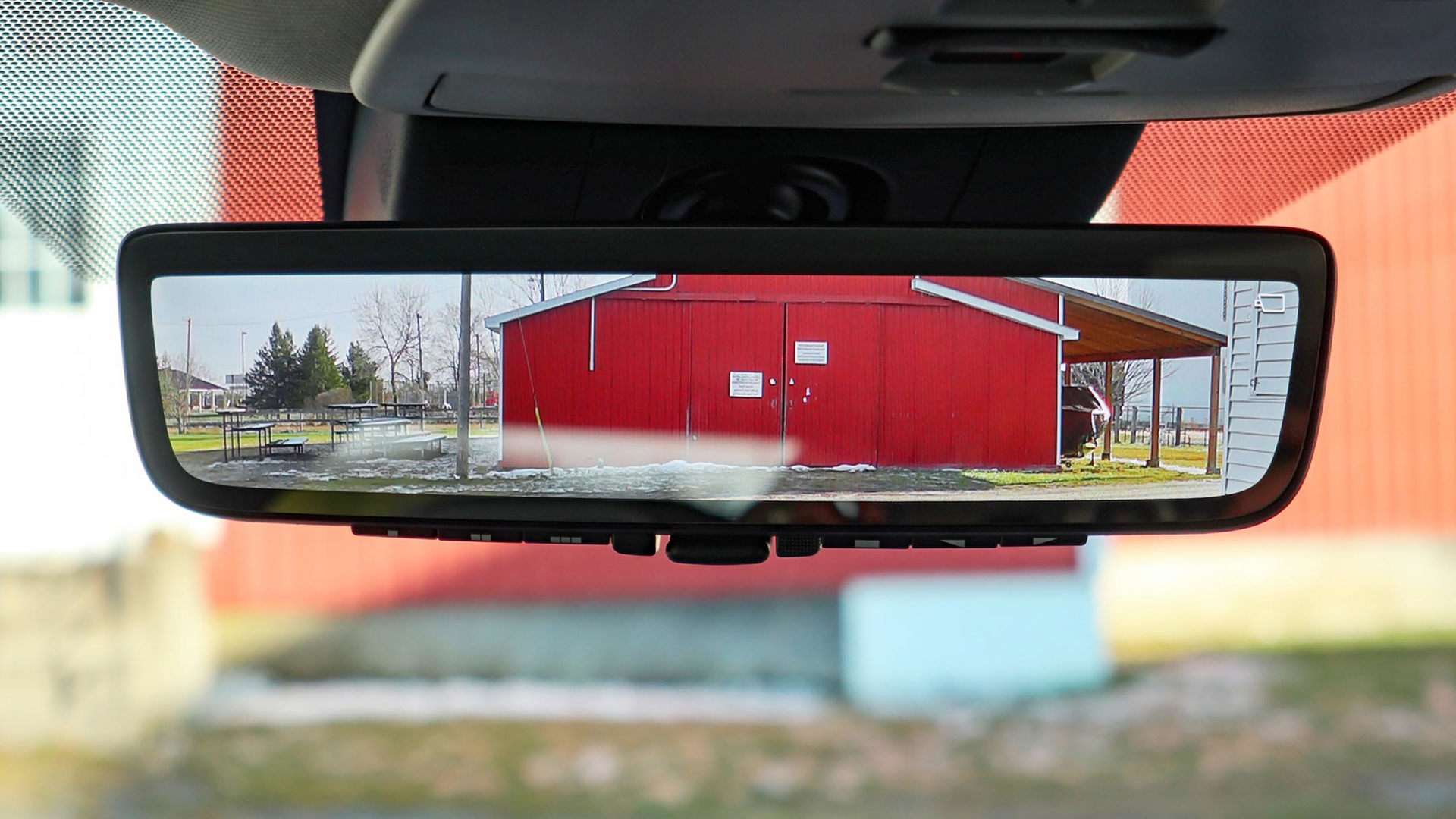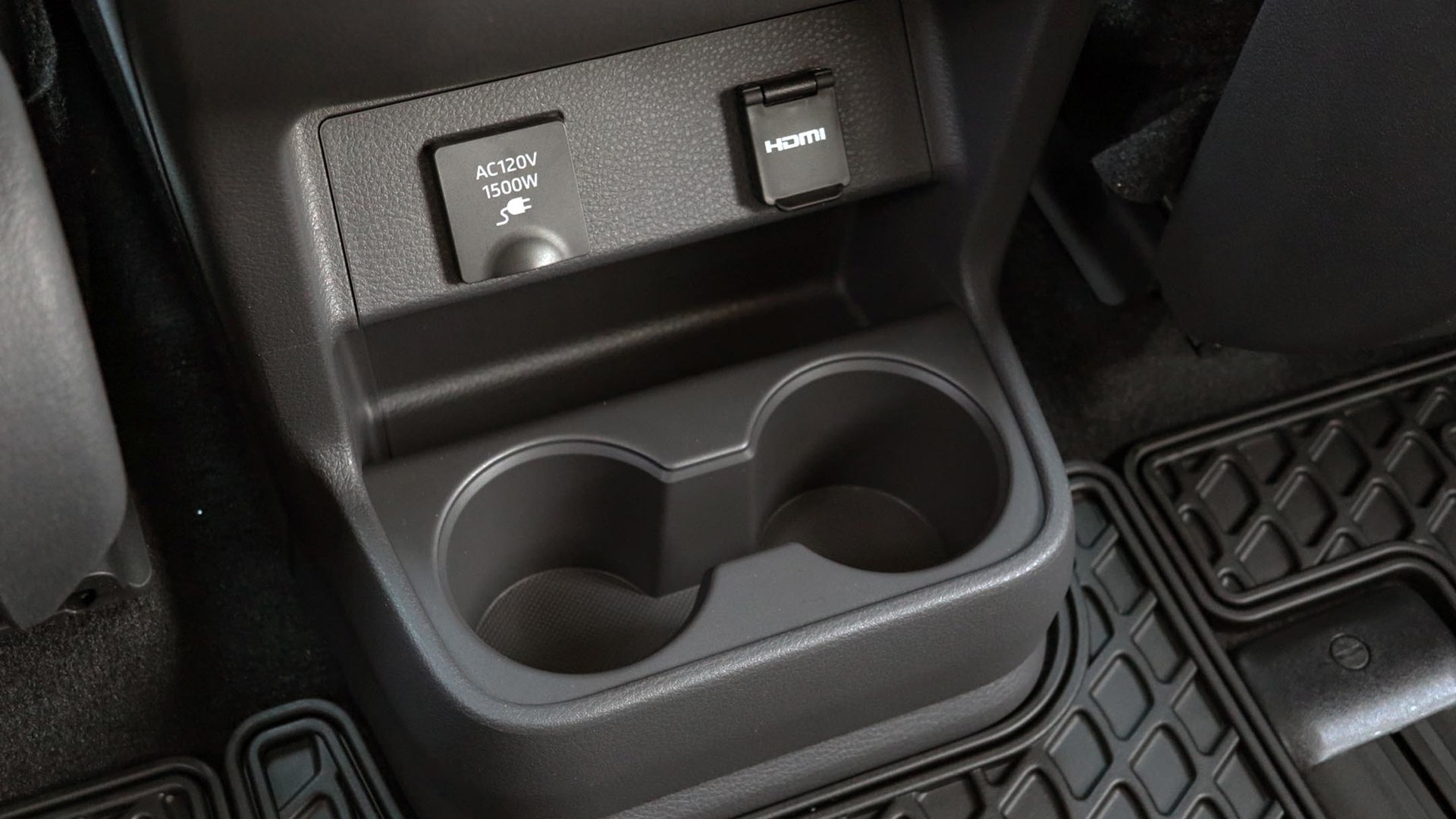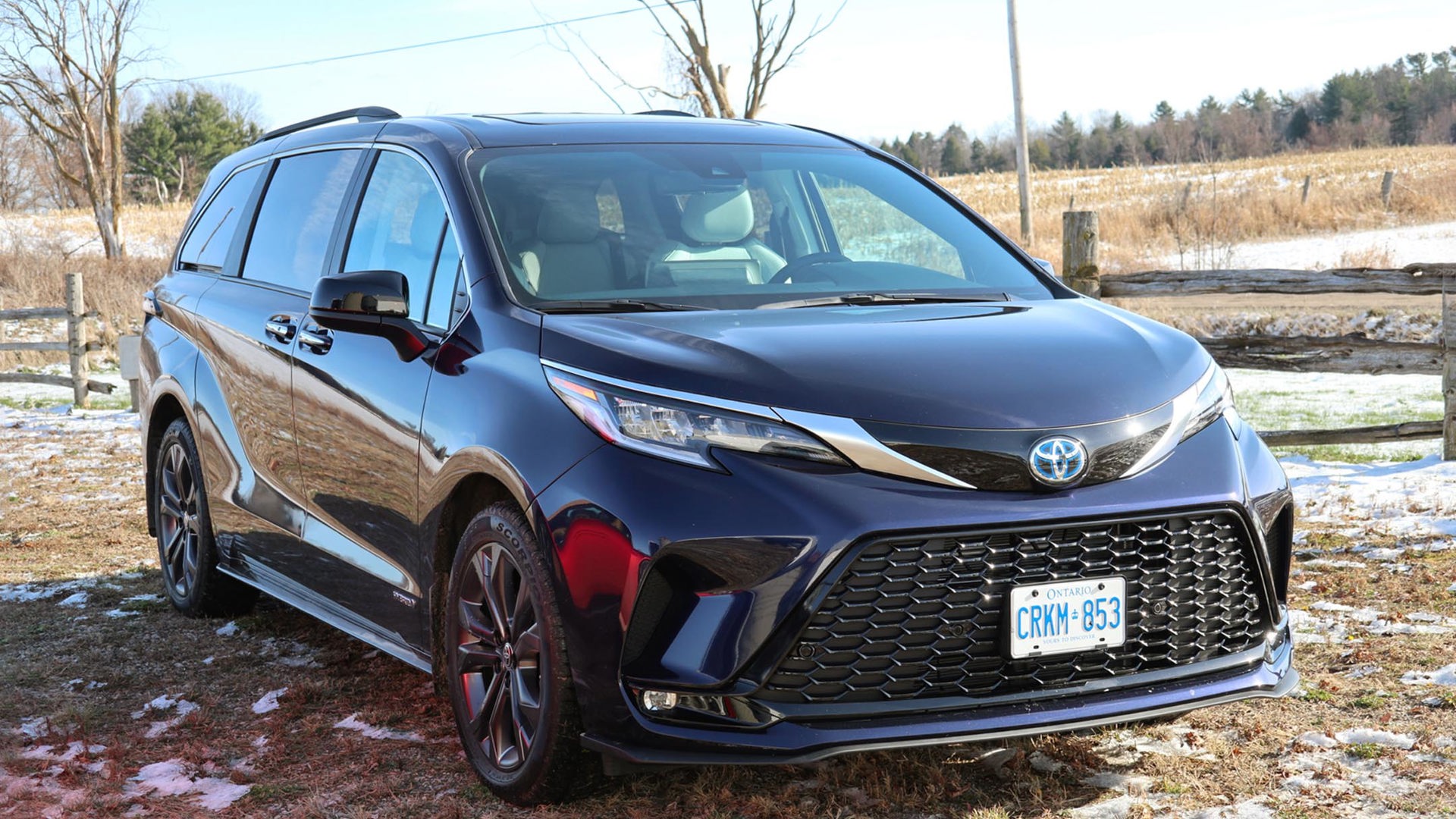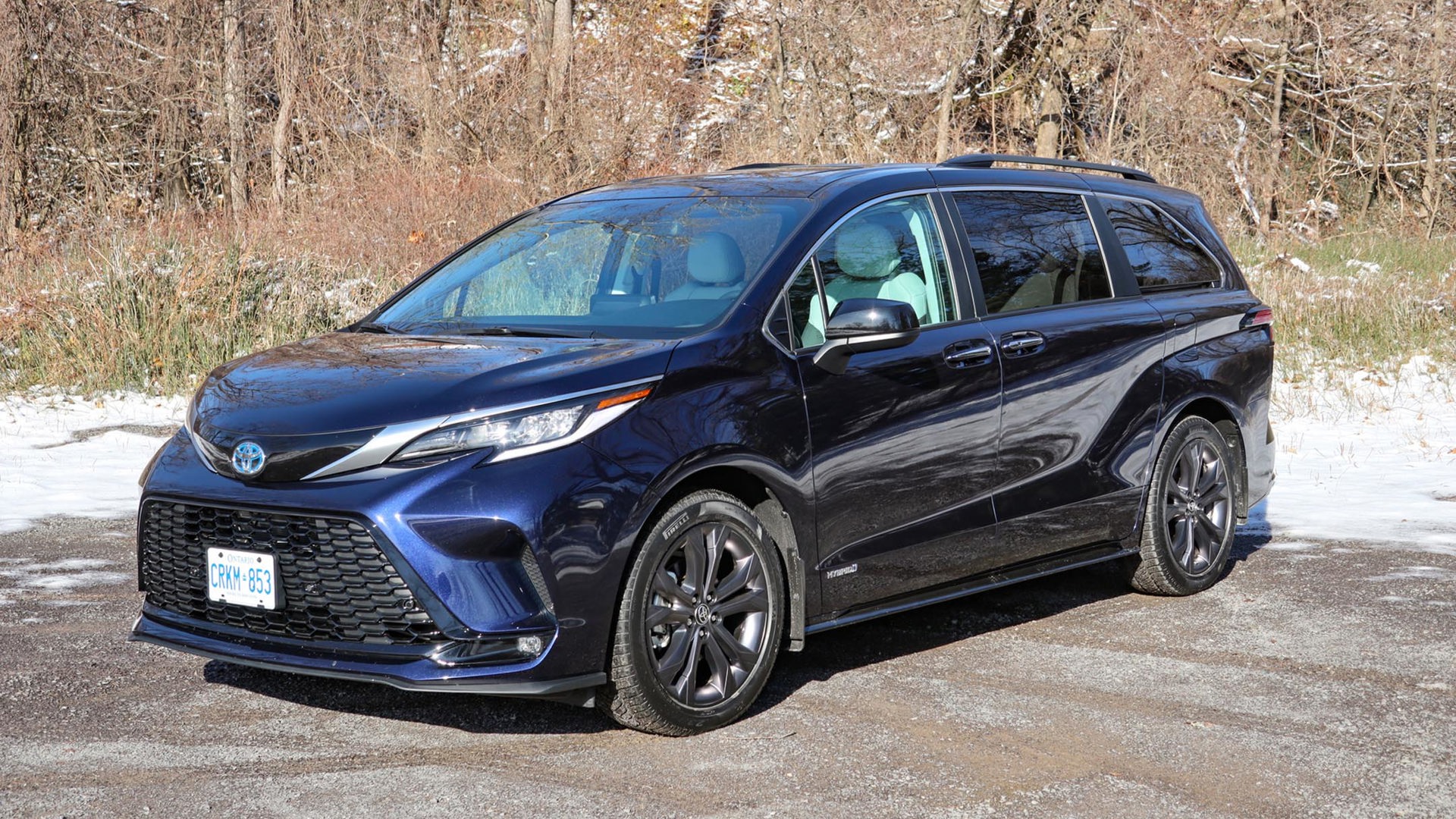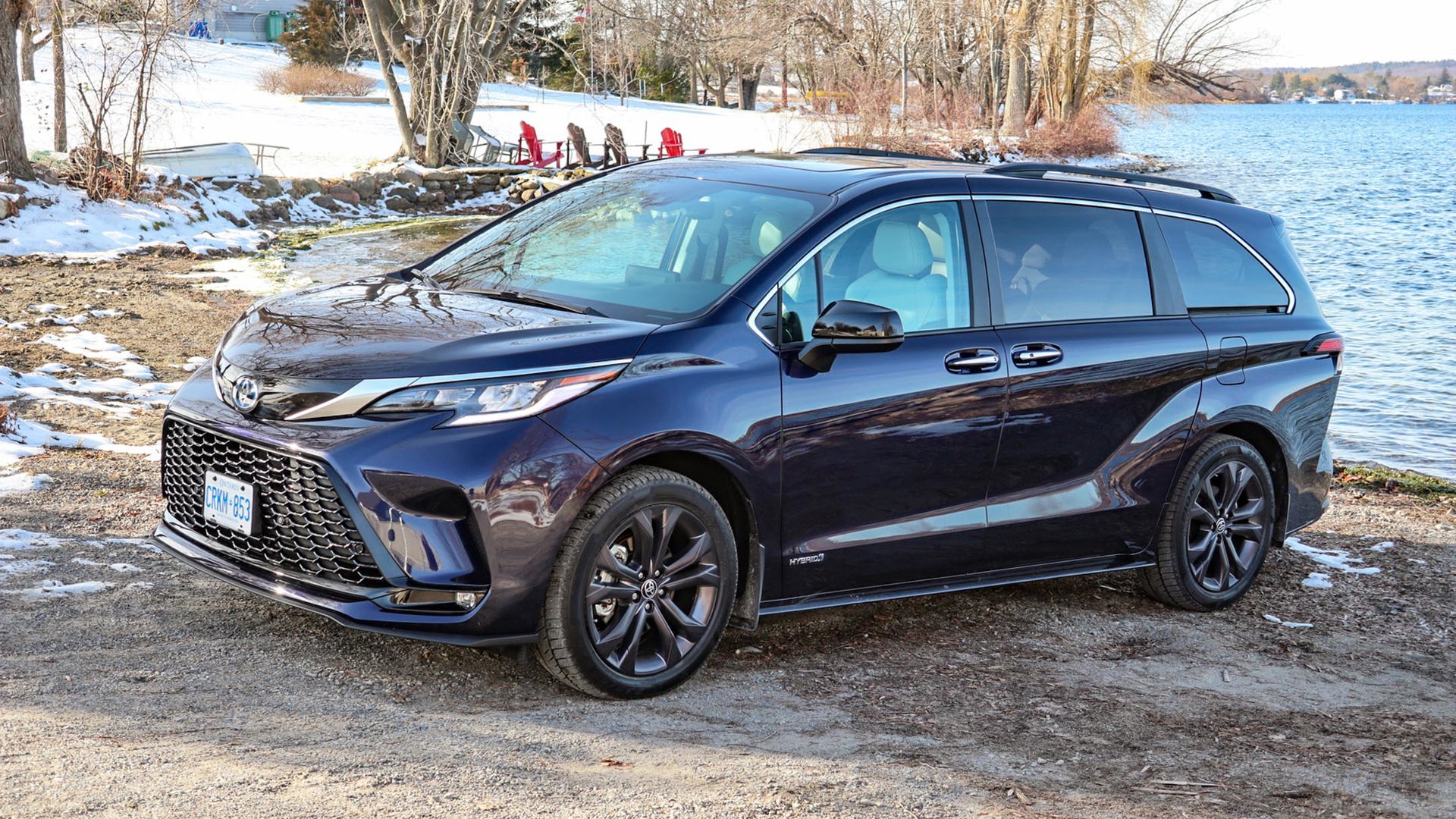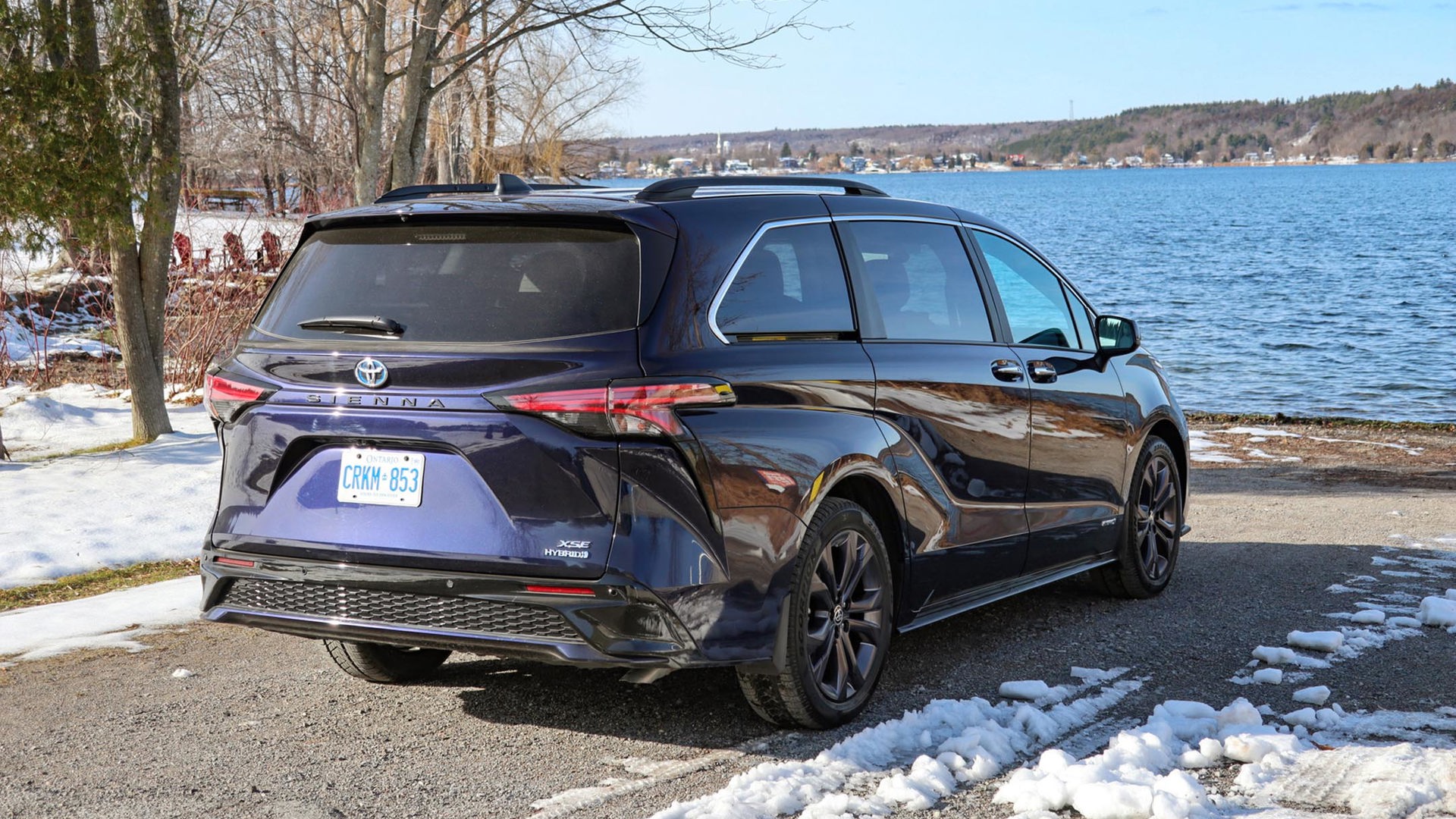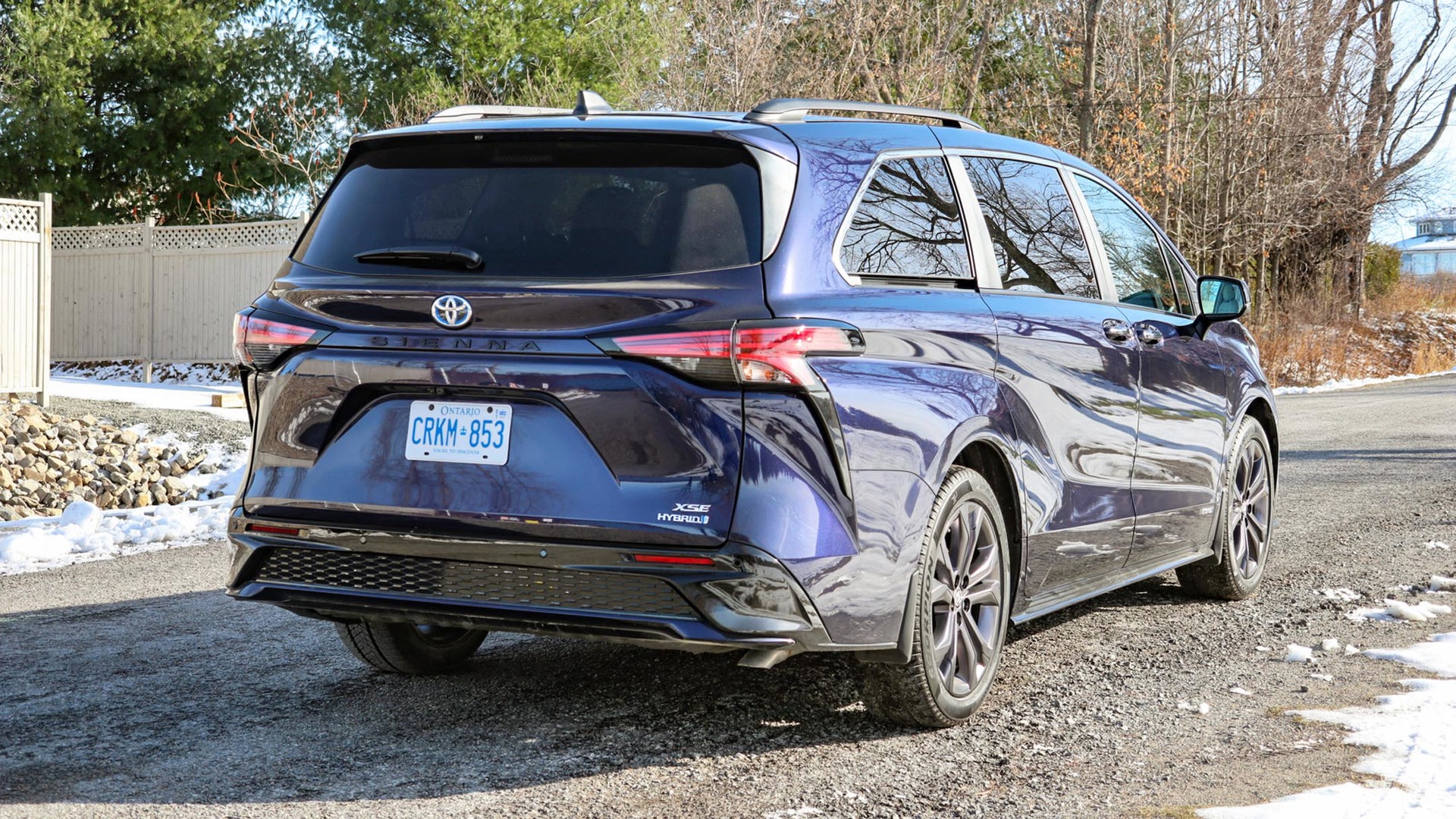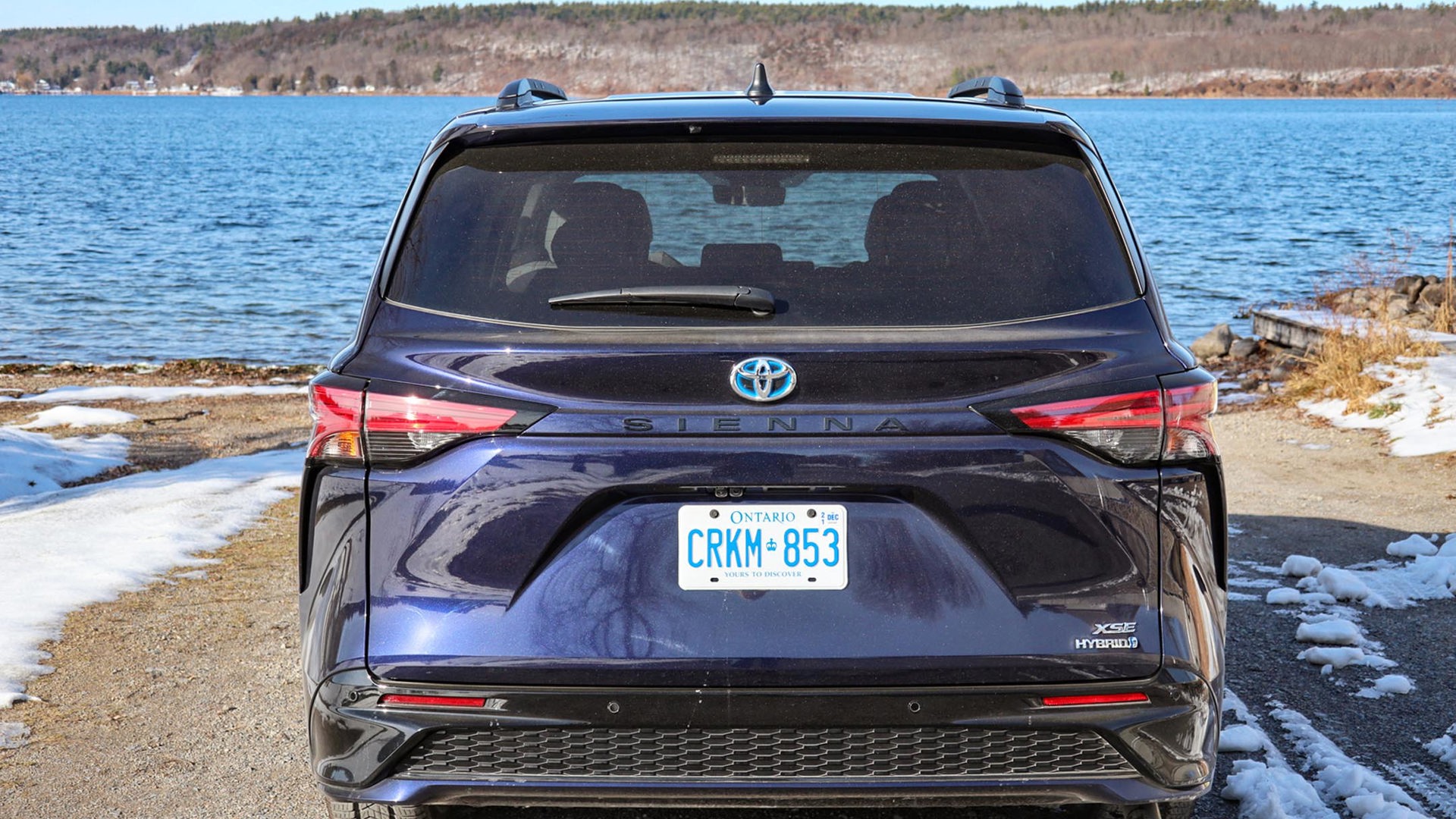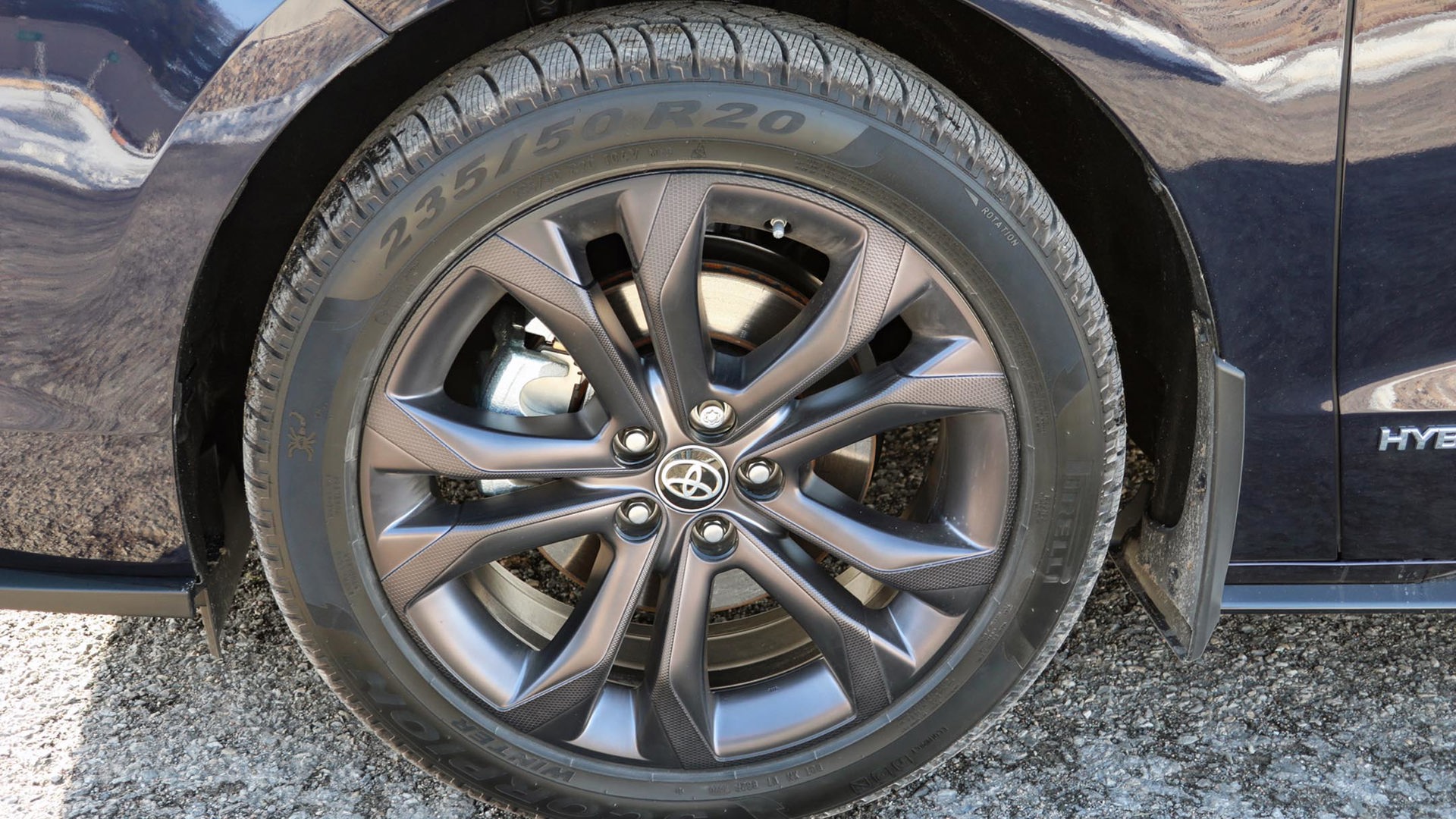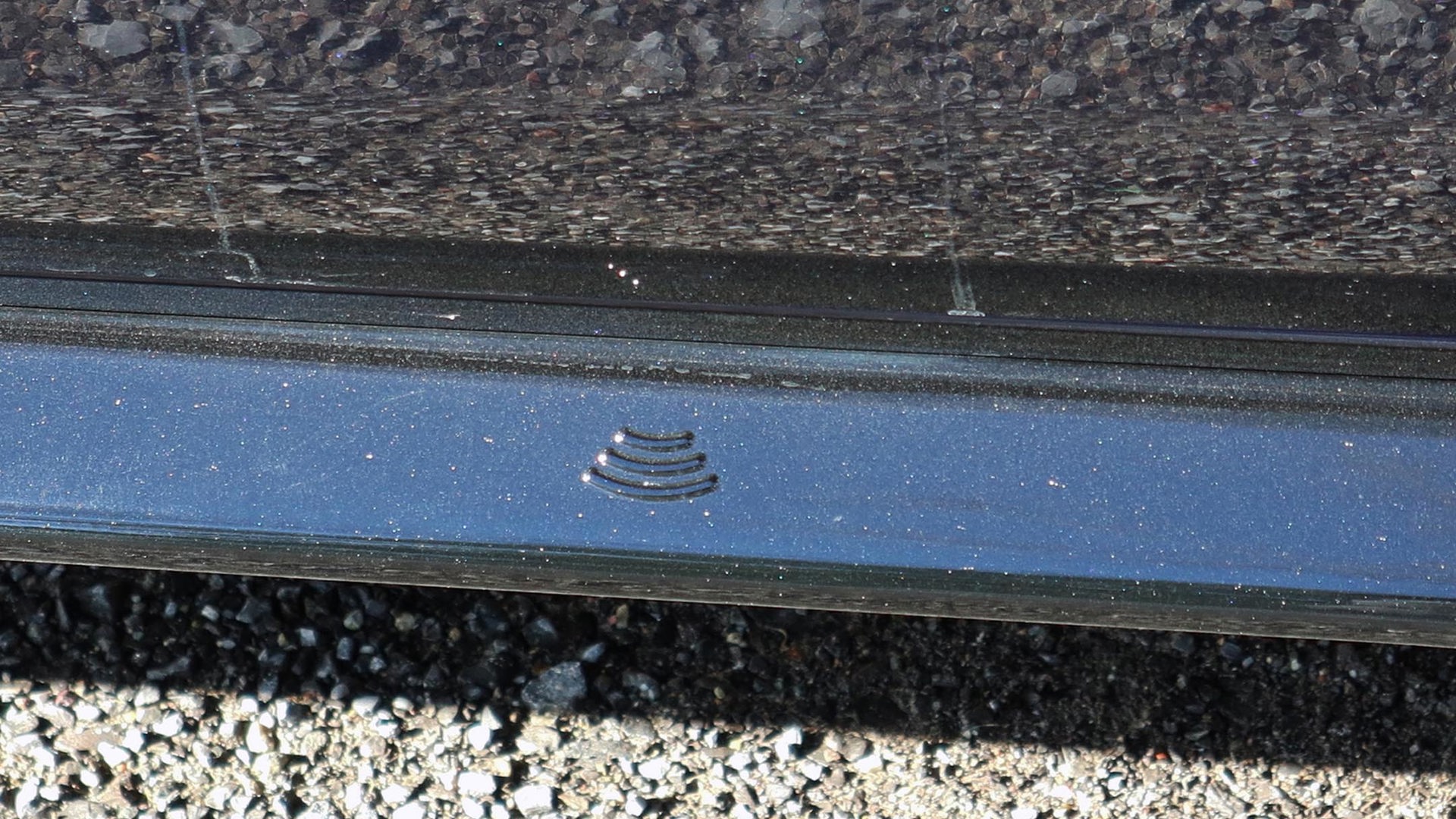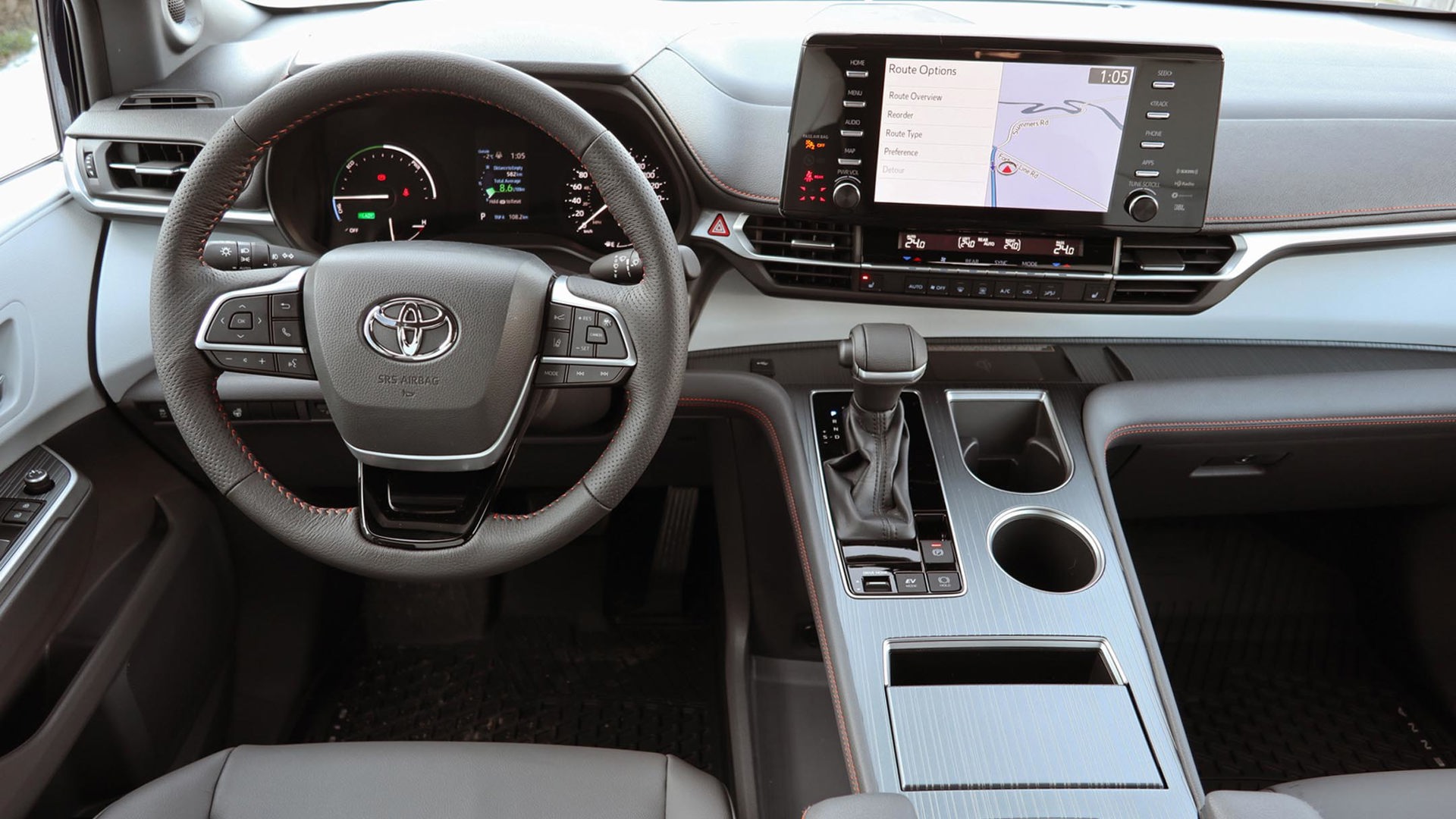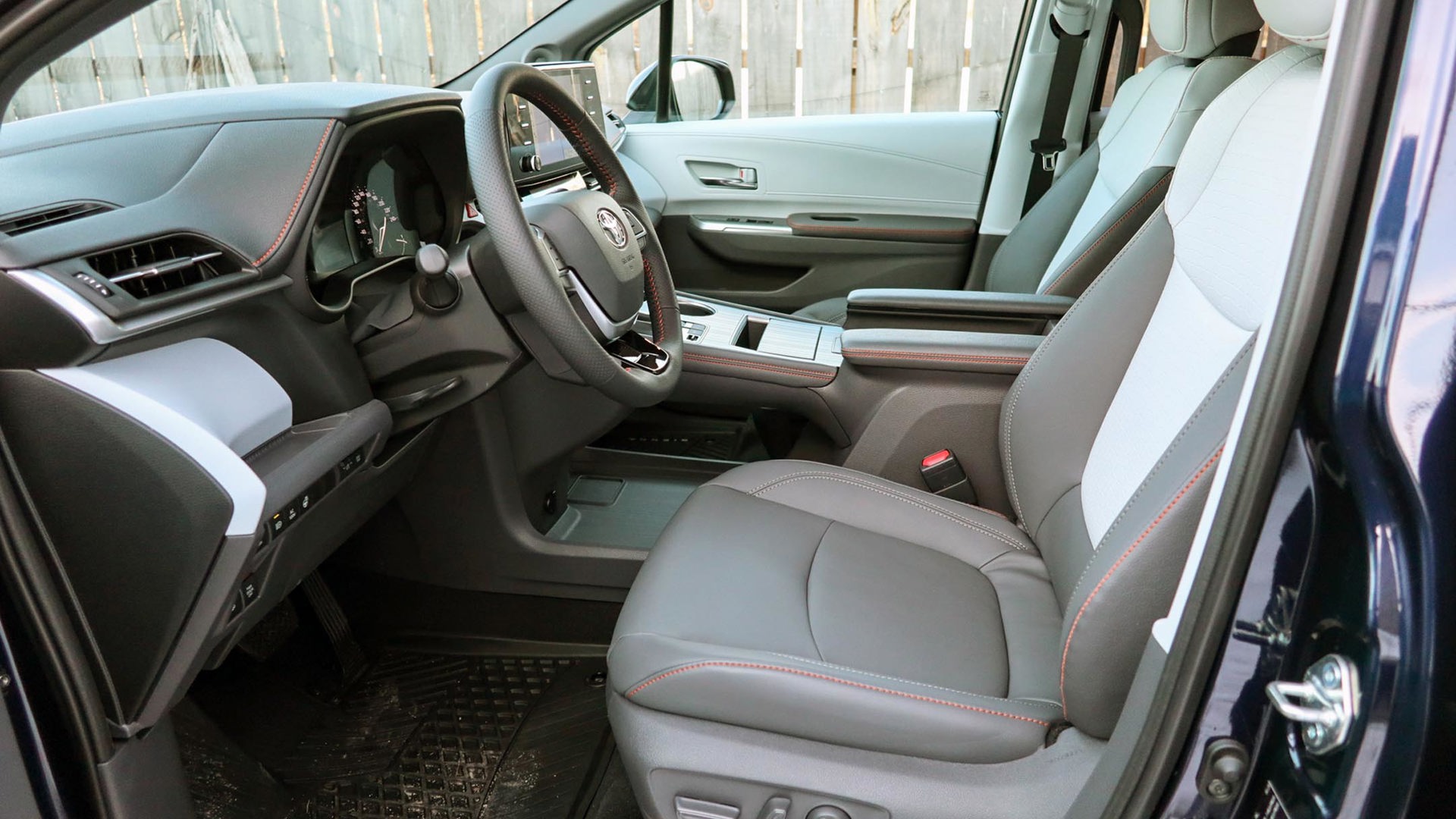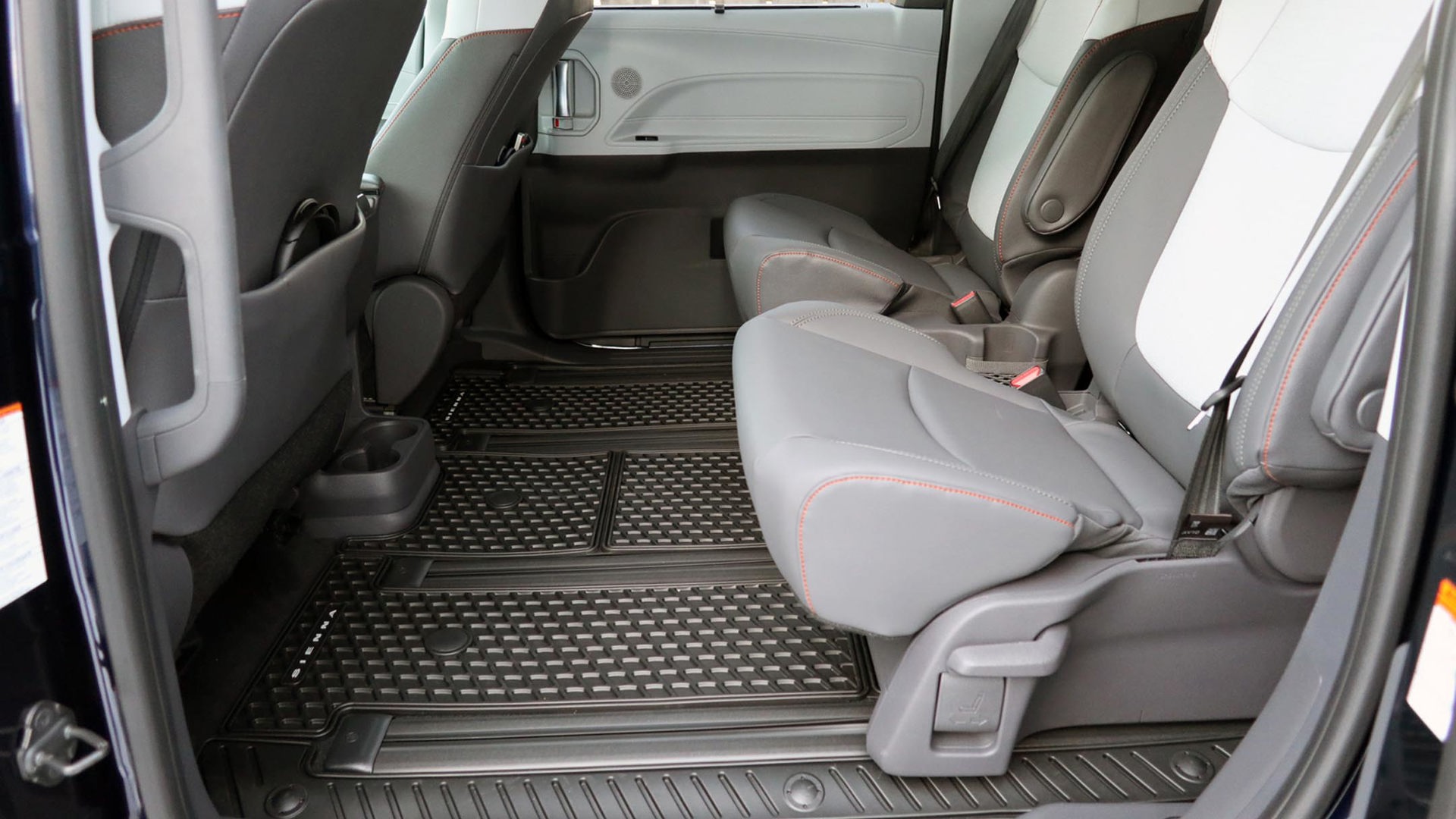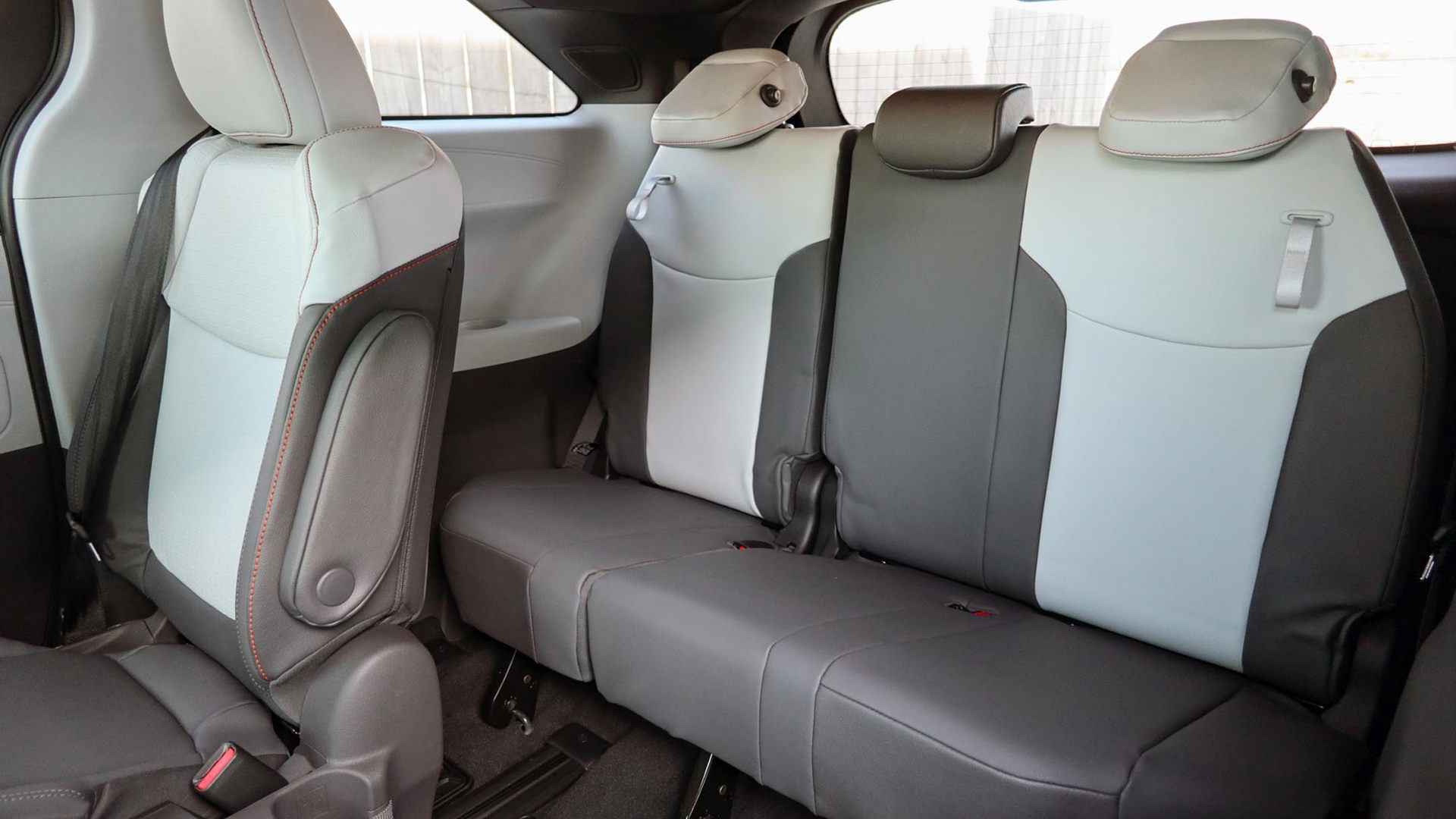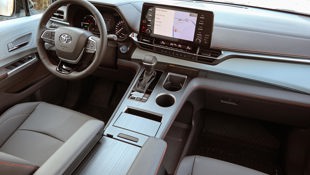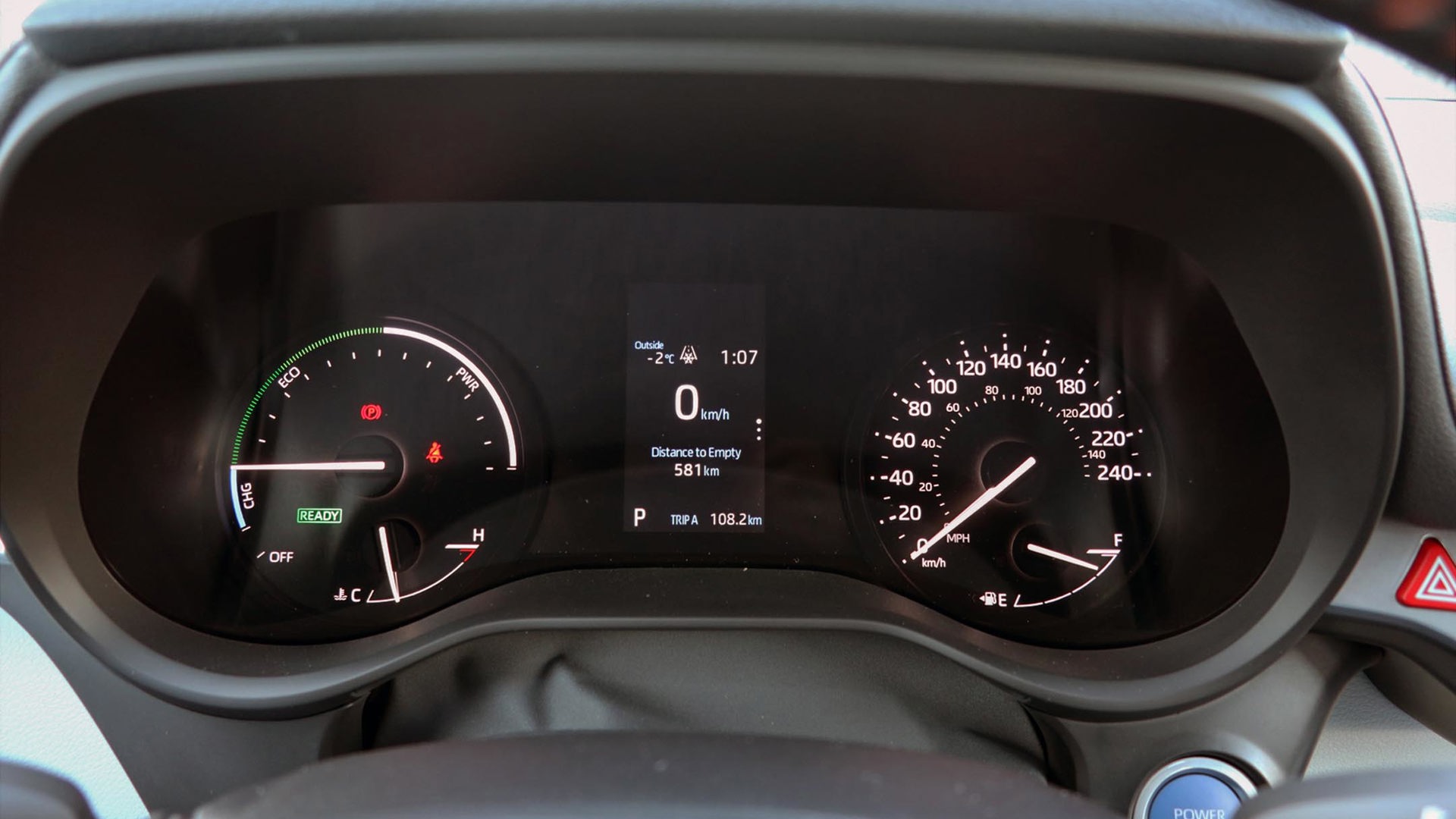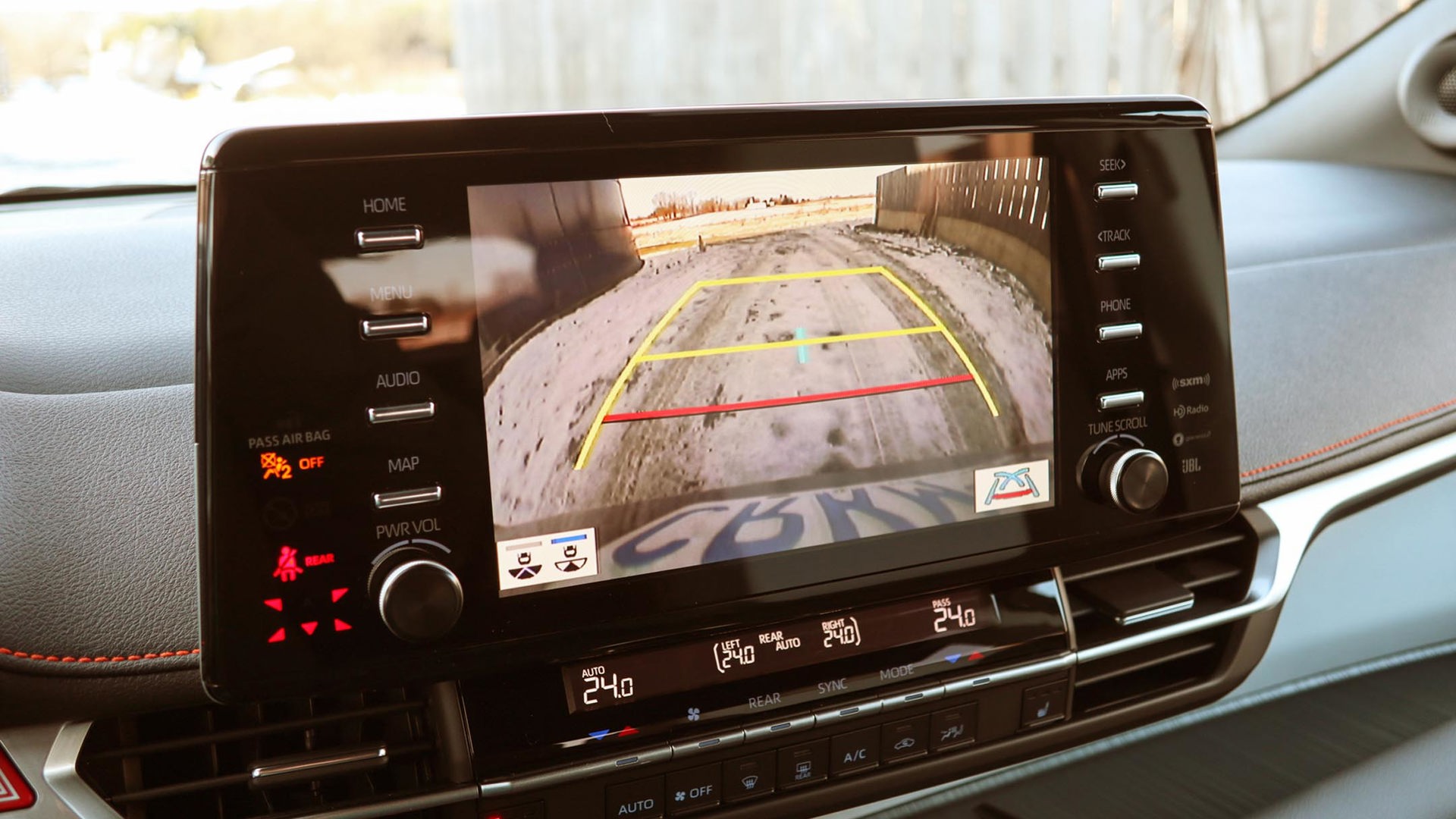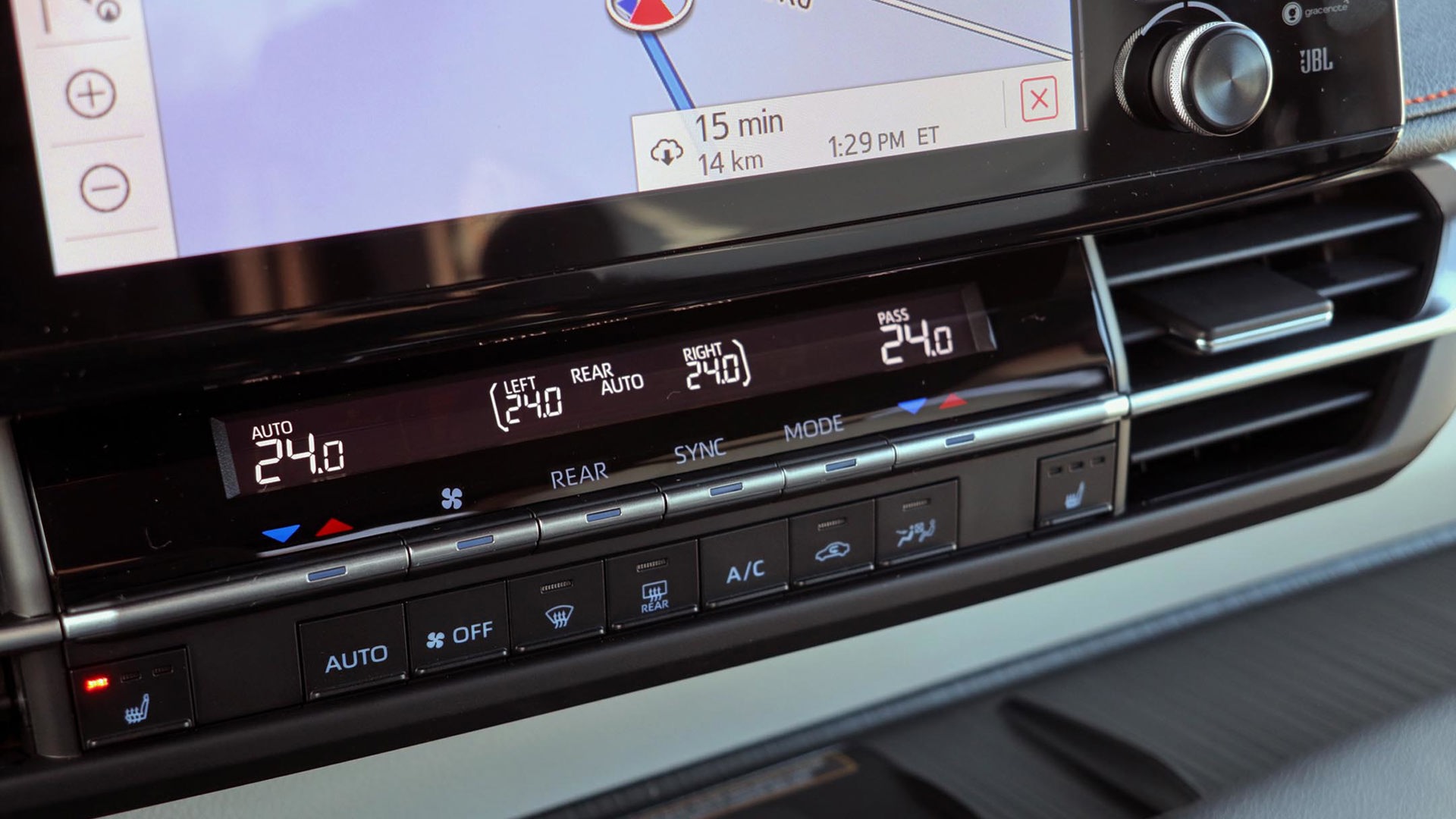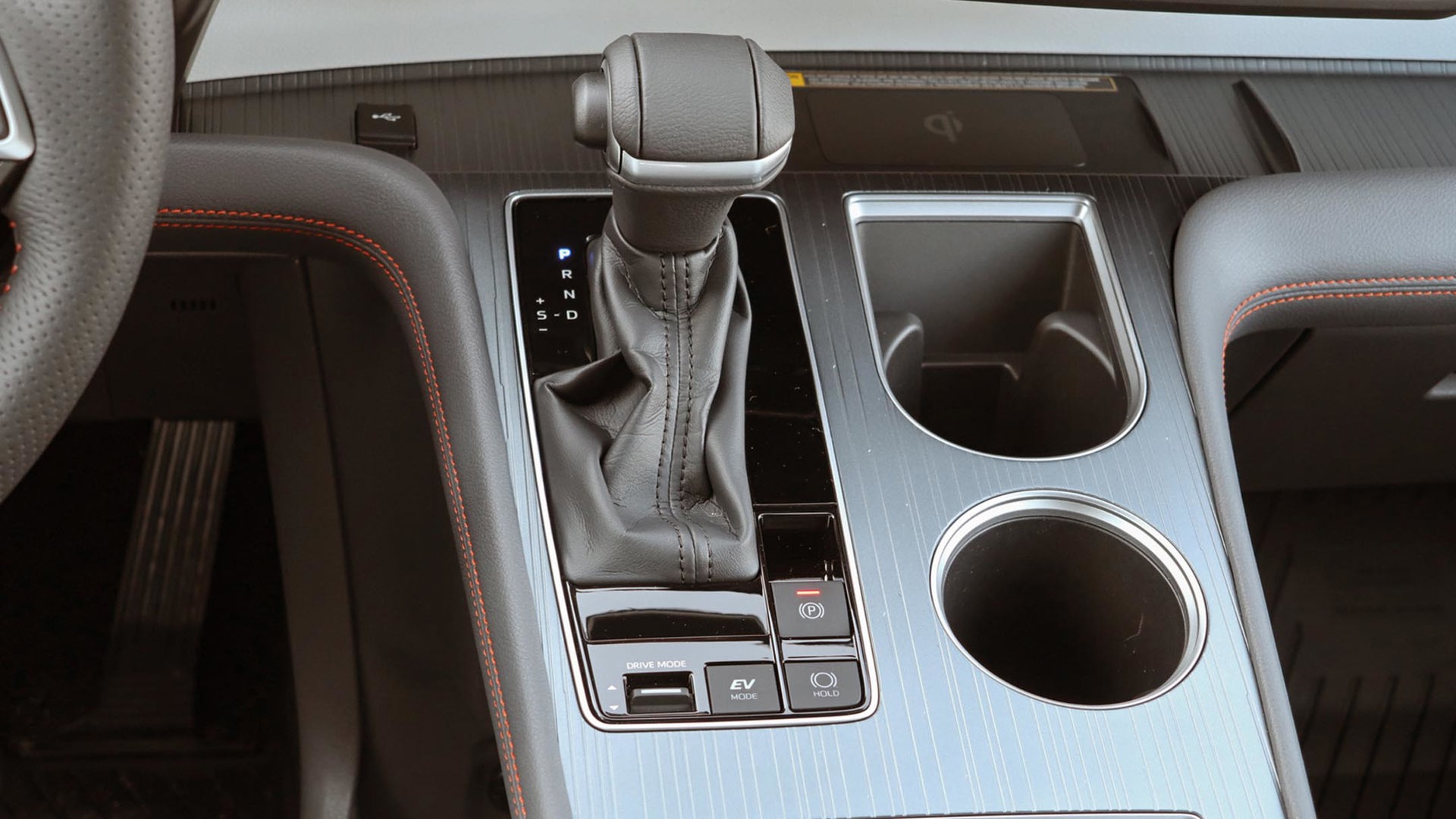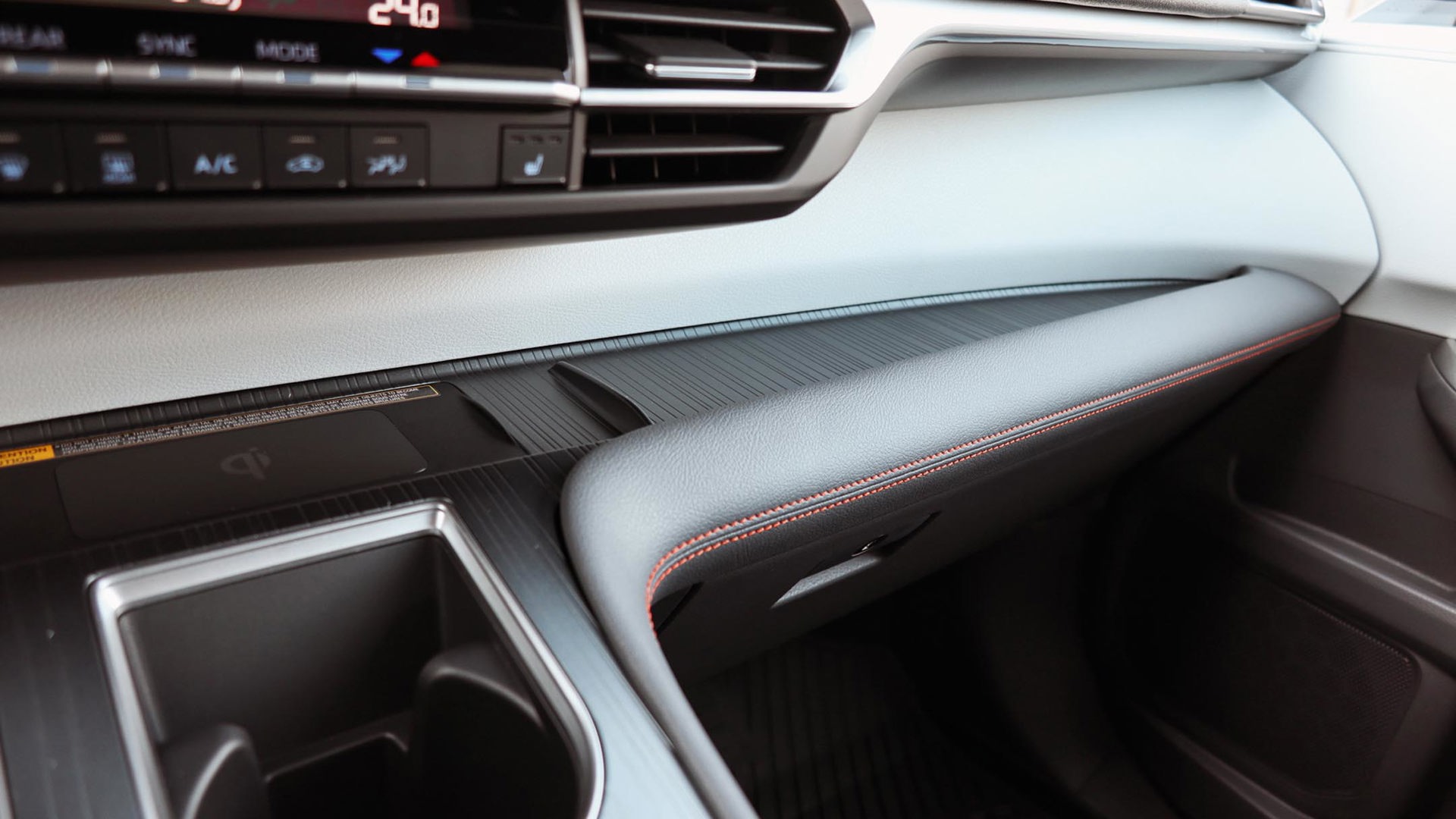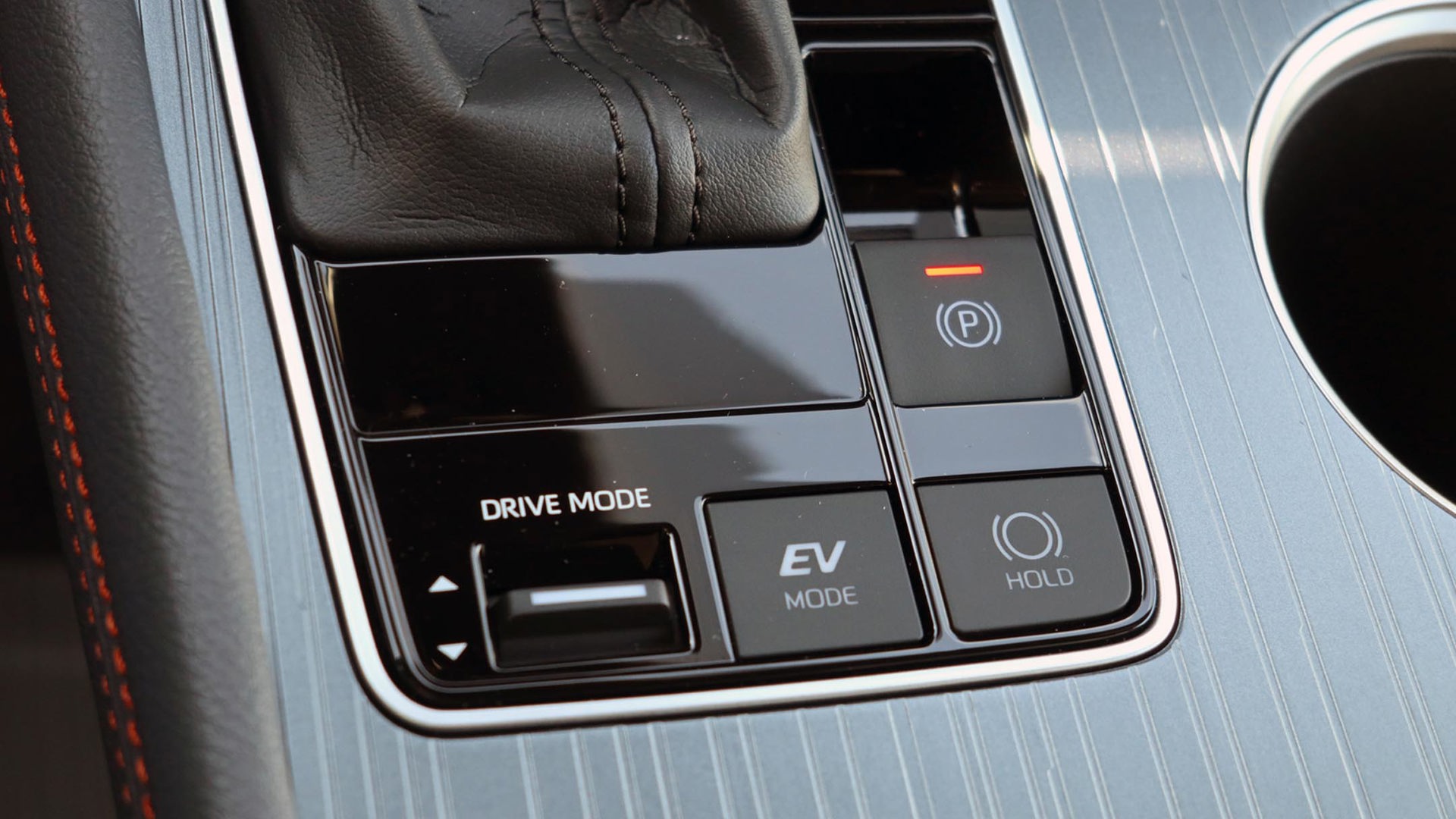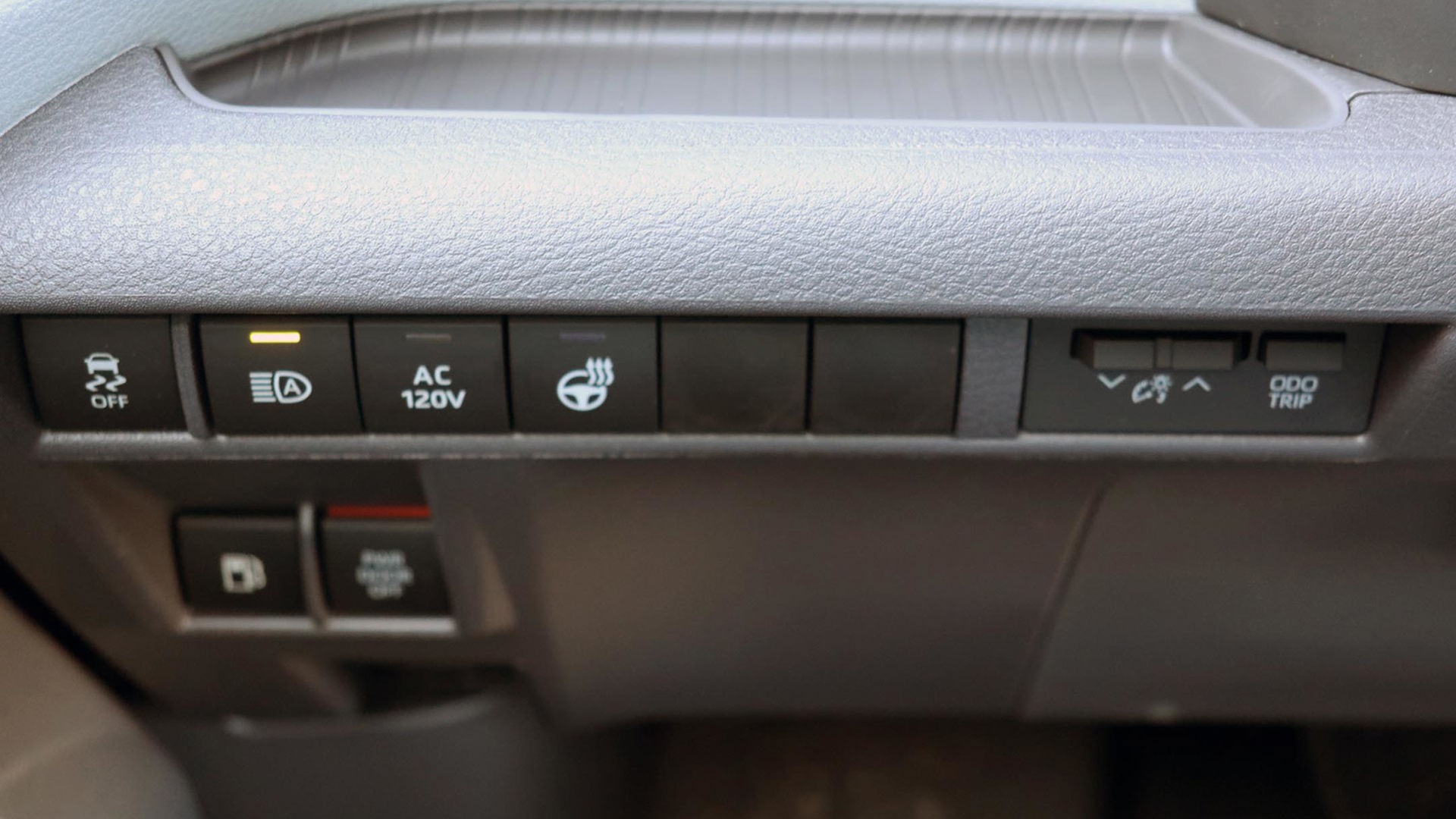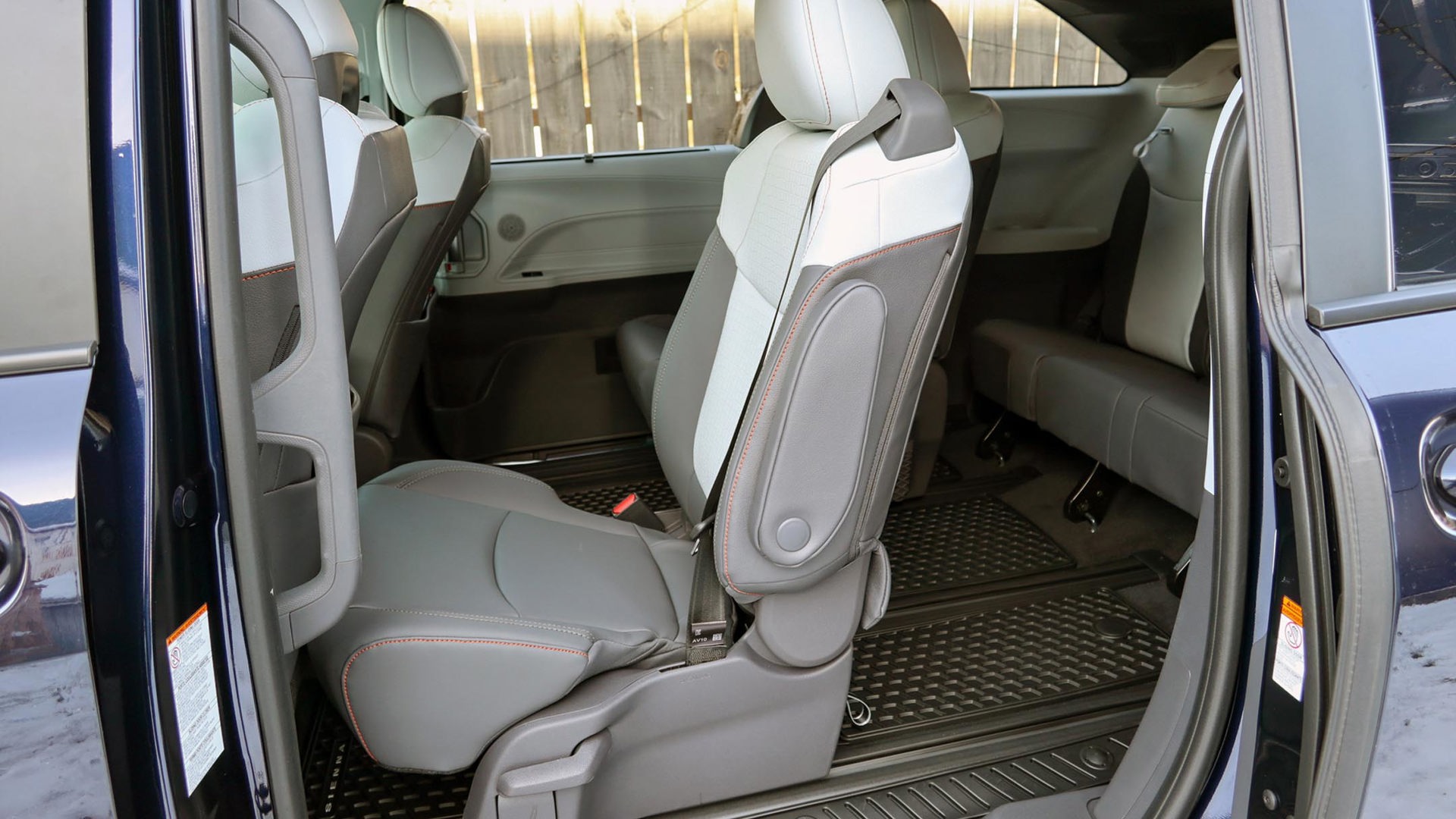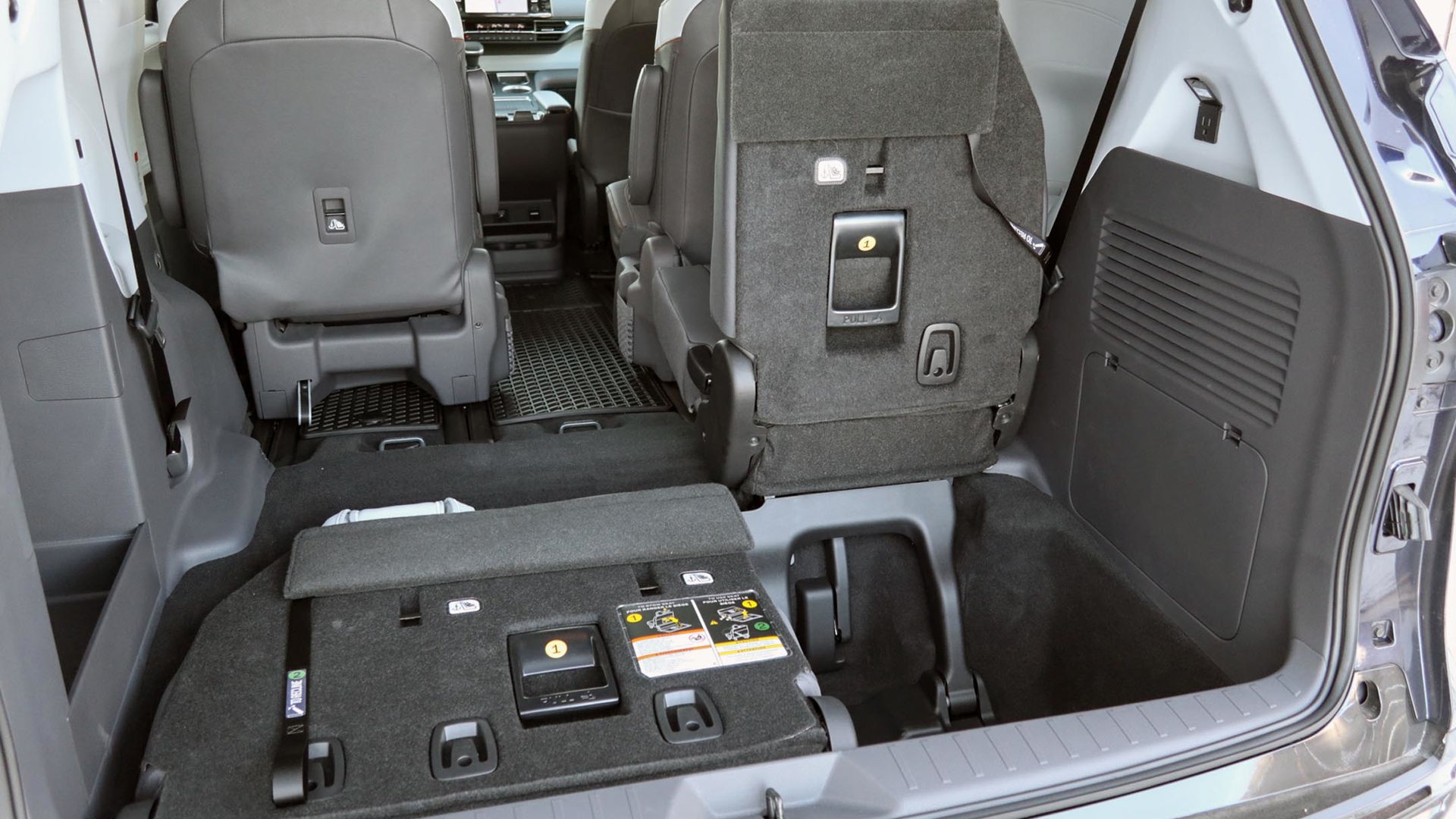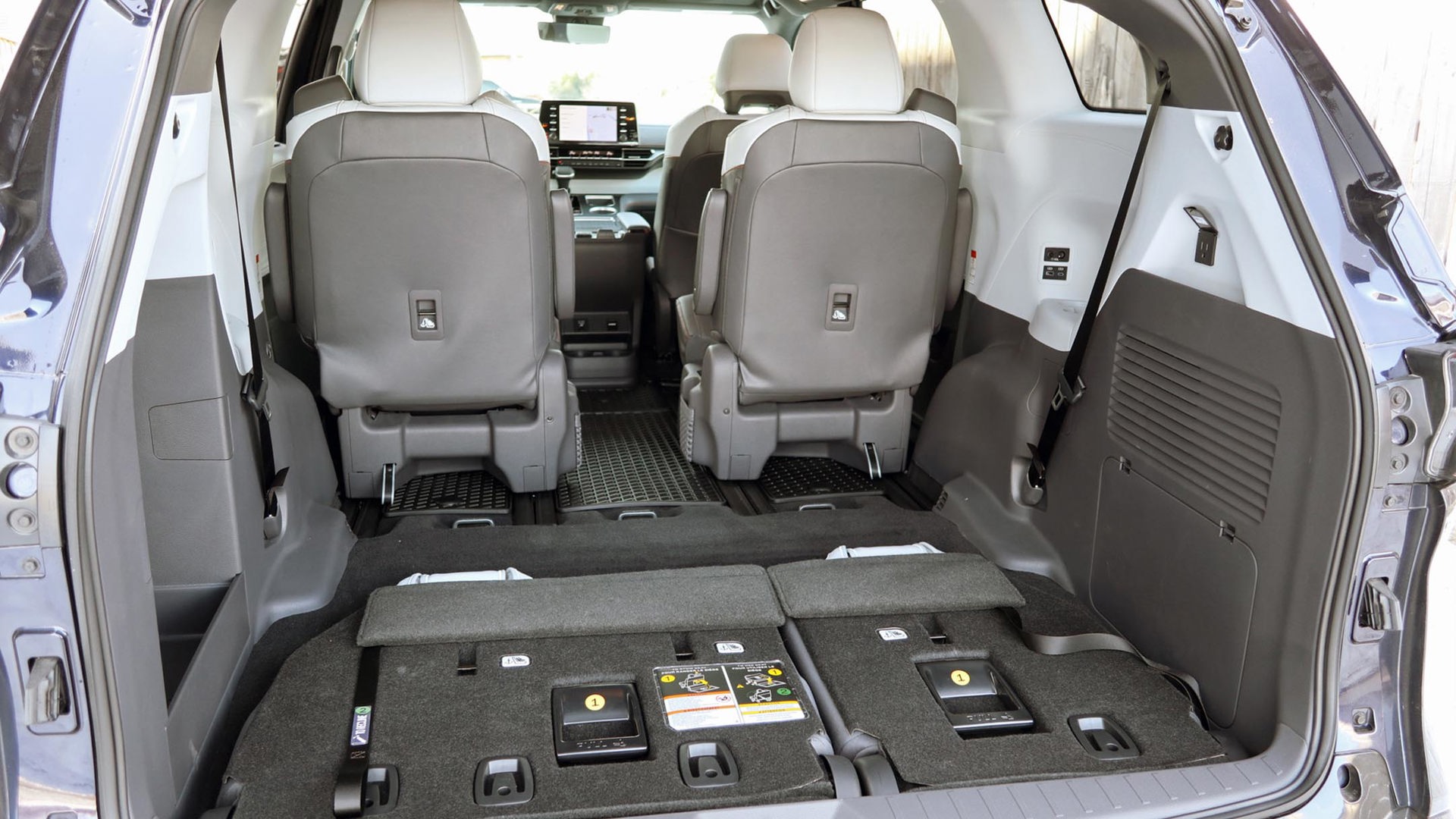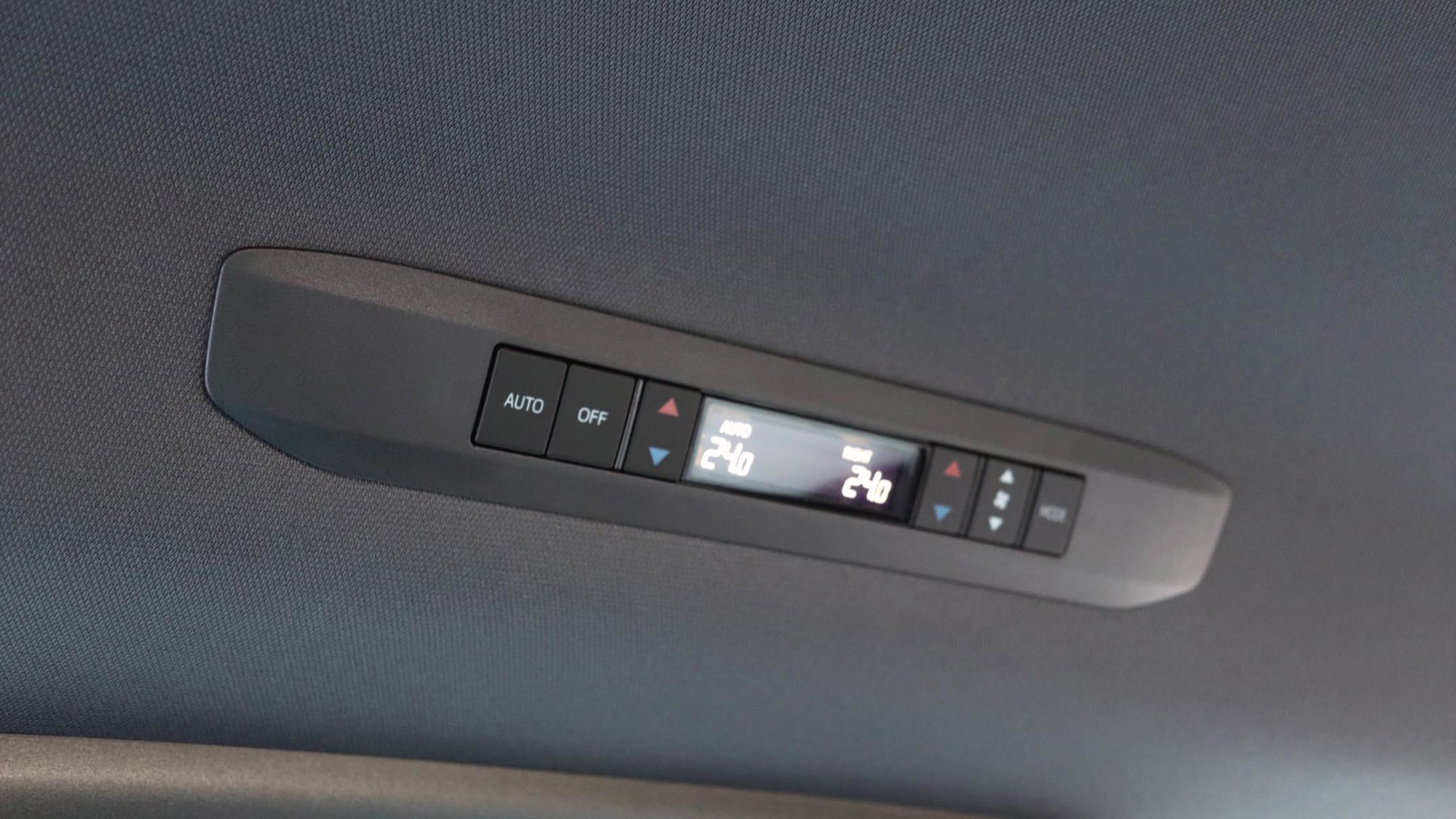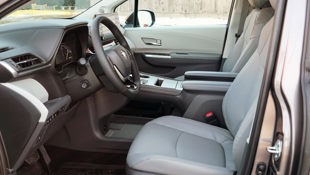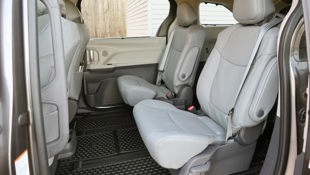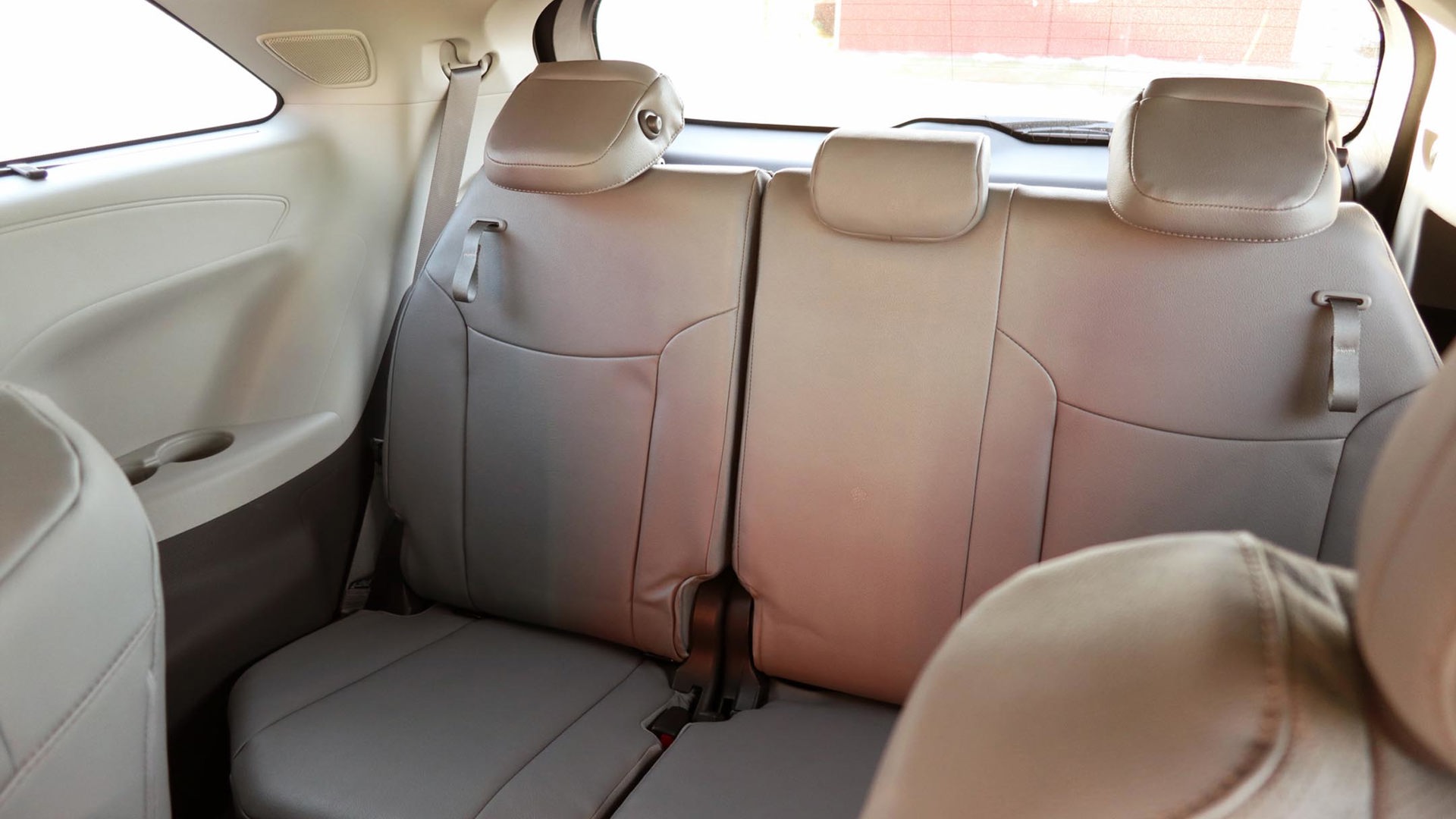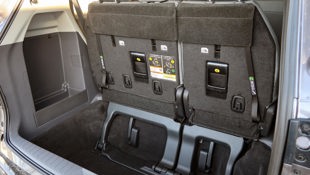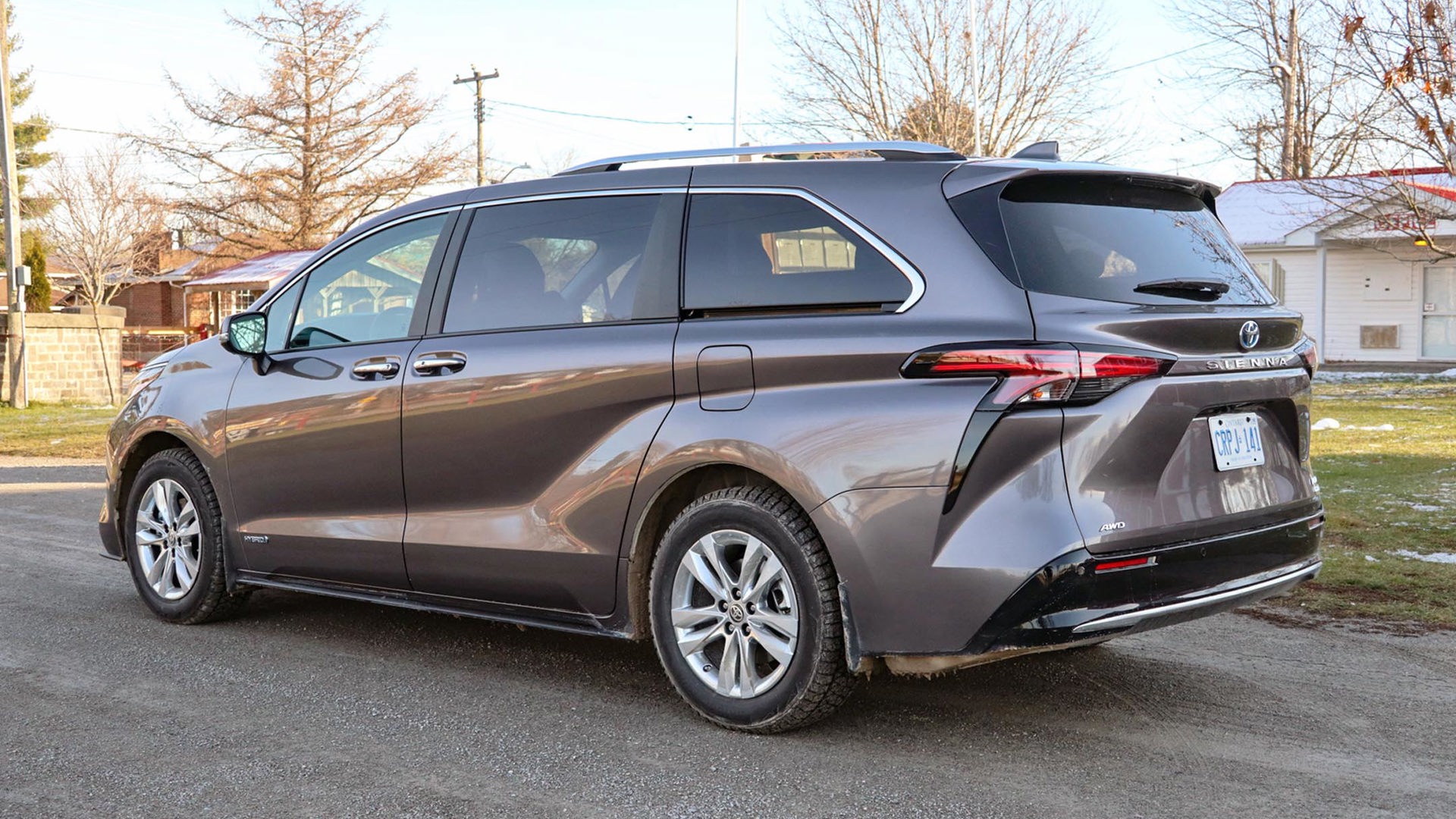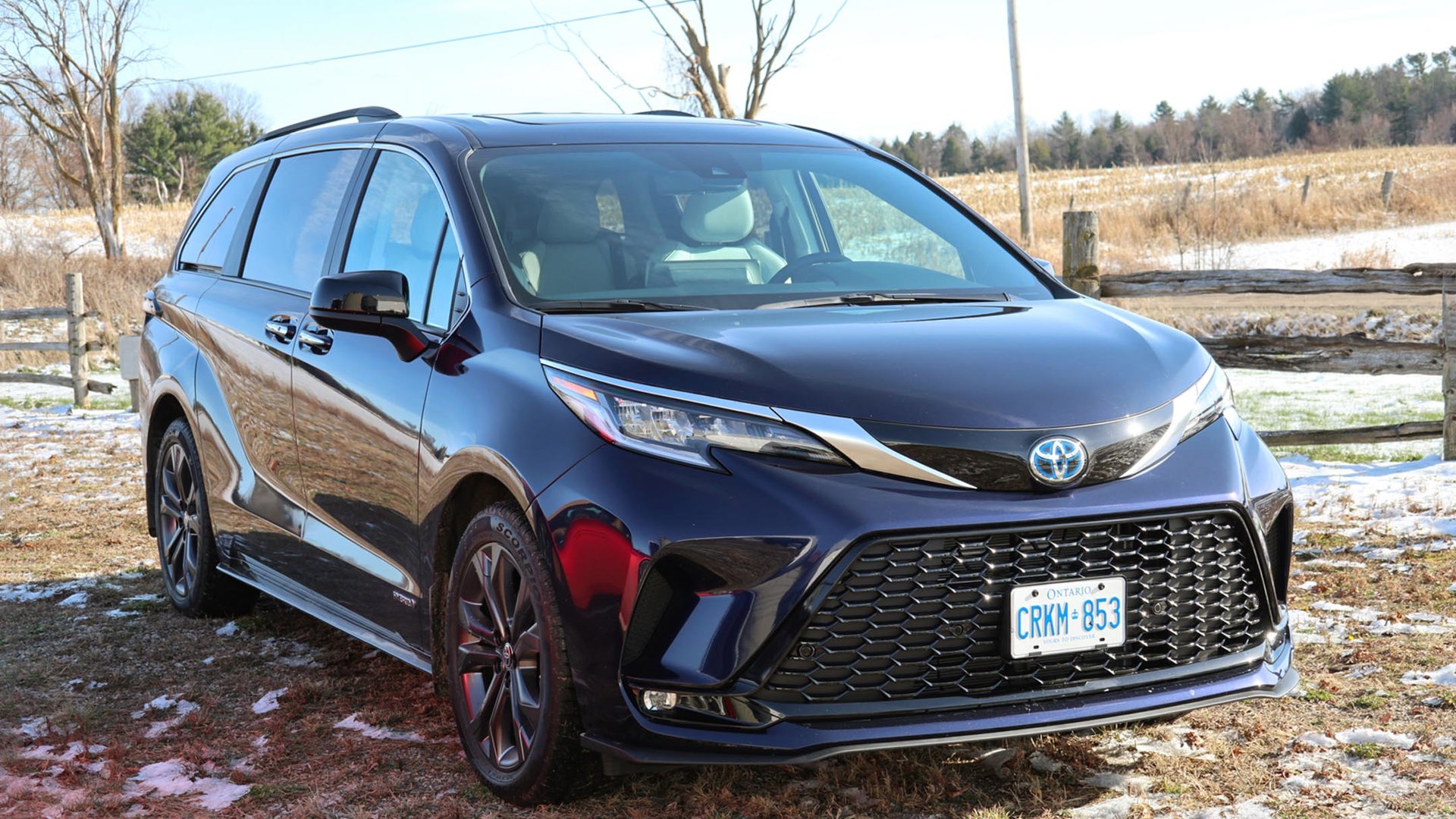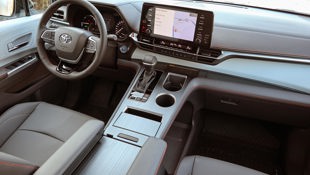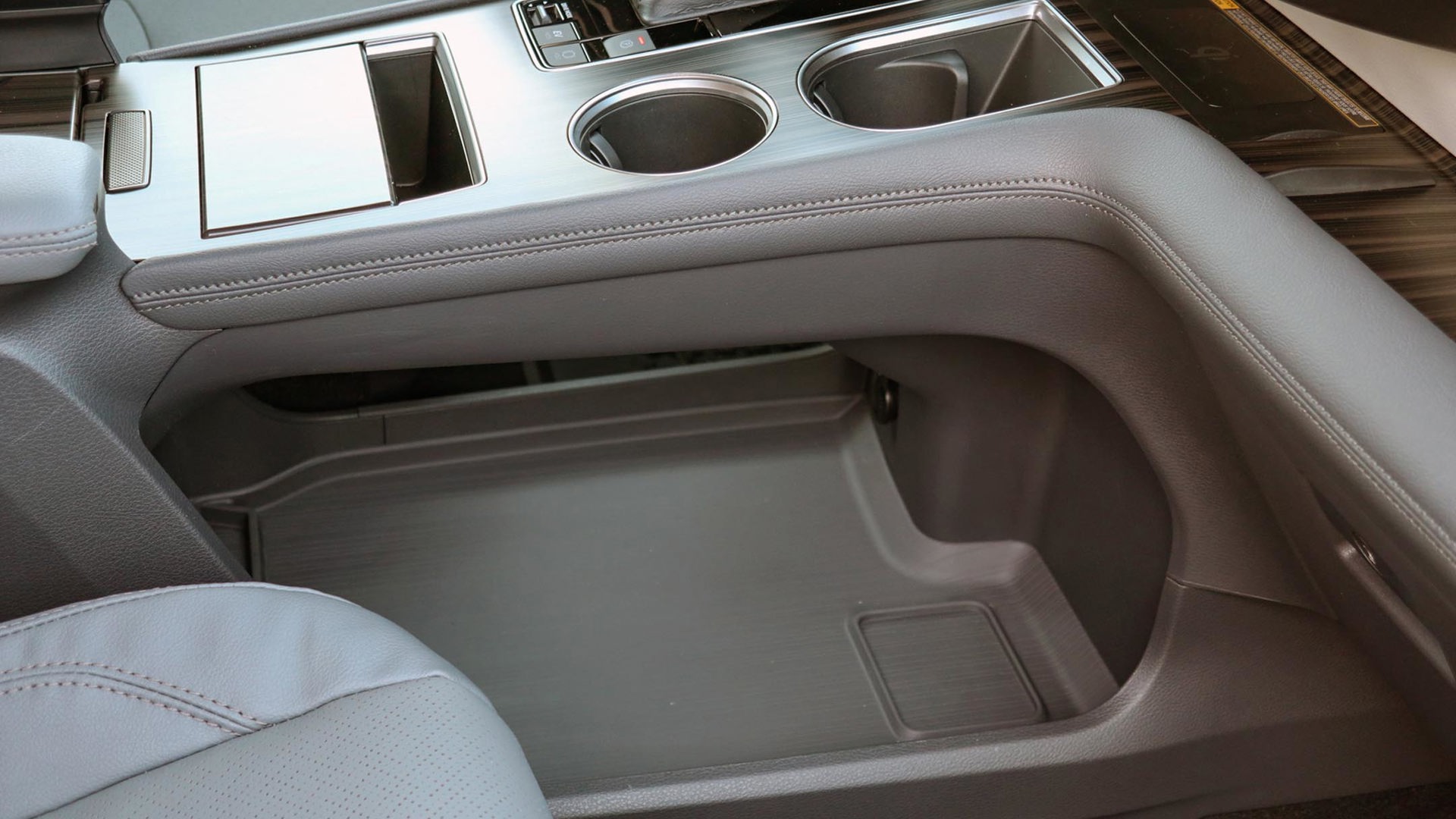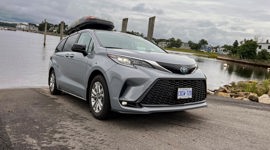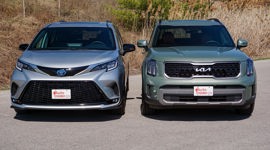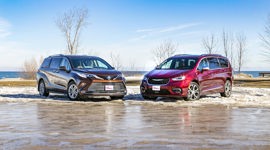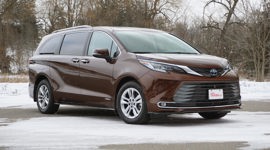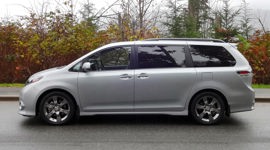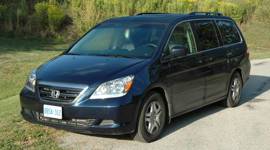I’ve said it a million times before, so here’s a million and one: I’ve never figured out why the minivan fell out of favour. I’ve yet to drive any three-row SUV that’s more comfortable for a crowd, and there can be more cargo space than in the beds of some pickup trucks.
But there are enough smart shoppers that four automakers still offer minivans, and the 2021 Toyota Sienna has been completely overhauled for its fourth generation. Not only does it ride on an all-new platform, but it comes only as a hybrid. (The all-new Venza does as well, and it’s part of Toyota’s plan for at least 40 per cent of its sales to have some form of electrification by 2025.)
On sale from December 2020, the Sienna comes in four trim levels, ranging from $39,990 for the LE to $56,190 for the priciest Limited. All-wheel drive is available as before, but now it’s done with electric motors – more on that in a bit – and it’s an option on all trims, adding $2,000 to most models.
Mobility vans for wheelchair accessibility will be available later in 2021. A top-range Platinum was supposed to debut with other trims, but pandemic-related restrictions hit the company supplying its on-board refrigerator and vacuum, so it will be announced sometime in 2021, along with its pricing.
Tried and True
The Sienna uses a 2.5L four-cylinder gas engine mated to an electric motor, and with a hybrid battery pack that’s warrantied for 10 years or 240,000 km. The engine on its own produces 189 hp and 176 lb-ft of torque; with gasoline engine and electric motor working together, the system can create up to 245 net hp. It uses an automatic continuously variable transmission (CVT), and like all Toyota hybrid systems, seamlessly switches between gasoline, electricity, or a combination of the two, depending on driving conditions. There’s a button for electric vehicle (EV) mode, but don’t expect much. It simply keeps it electric-only at very low speeds – which the system does anyway.
The available all-wheel-drive system is the same one in the hybrid versions of the RAV4 and Highlander, as well as the Venza, and uses an electric motor to provide up to 80 per cent of power to the rear wheels when needed for extra traction. There’s no mechanical connection to the front wheels, which reduces weight.
You don’t plug the Sienna in, as the battery self-charges through regenerative braking. There is a plug-in hybrid minivan available, the Chrysler Pacifica Hybrid, which can be plugged in to give it an electric-only range; once that’s depleted, it reverts to regular hybrid operation. Toyota’s reps said the Sienna doesn’t use a similar system because it adds extra weight and cost.
Fuel is the name of the game here, and the new Sienna is rated by Natural Resources Canada (NRCan) at a combined 6.5 L/100 km combined for front-wheel drive, and 6.7 L/100 km for all-wheel-drive models. By comparison, the V6-powered 2020 Sienna is rated at 11.0 and 11.7 L/100 km for front- and all-wheel, respectively.
Practicality Rules
The new van is longer and wider than the model it replaces, but not as tall, and the floor is lower for easier access. Power-sliding doors are standard on all trims, and upper levels have a hands-free liftgate and doors – kick under the sill, and the sliding doors obediently open or close on their own.
Seven- or eight-passenger seating is available, depending on the trim, and that second row is a thing of beauty. The captain’s chairs have an extra-long slide of up to 635 mm (25 in), providing excellent third-row access. If the third row’s empty, they can push back for a ridiculous amount of second-row legroom, and an ottoman seat is available for the ultimate in comfort. The thoughtful redesign includes a longer grab handle inside the sliding door so smaller children can pull themselves up.
Cargo capacity starts at 949 L behind the third row, and up to 2,860 L behind the first row, although Chrysler remains the only minivan with second-row seats that fold into the floor. Sienna’s third row now uses a one-piece resin frame in place of the previous 15-piece steel frame, and those lighter-weight chairs are much easier to raise and lower.
Dapper and Decked Out
The new cabin is handsomely designed and has a lot of small-item storage, including as many as 16 cupholders for thirsty passengers. But I still haven’t made up my mind on the centre console, which now divides driver and front passenger. On one hand, it contains cupholders and a spot to stash a phone; there’s a very deep console box; on upper trims there’s a wireless charger; and there’s a large, open storage space under it. But the dash and console weren’t connected on the old Sienna, and that let you set a purse or pack directly on the floor, where it was so convenient to reach.
Even the base LE trim comes very well-equipped, with heated front seats and steering wheel, Apple CarPlay and Android Auto, three-zone automatic climate control, power driver’s seat, LED headlights and taillights, seven USB ports including USB-C, blind-spot monitoring with cross-traffic alert, and power sliding doors. Move up the trim ladder, and available features include a premium stereo, navigation, ventilated front seats, heated second-row seats, two power outlets, 11.6-inch rear-seat entertainment system, rear camera mirror, and a PA system that broadcasts the driver’s voice through the rear speakers (and I’m some glad they didn’t have that when I was growing up and ignoring what I was told to do).
But now I’m in the driver’s seat, and it’s a very pleasant place to be. I spent the morning in the XSE, the sportier-looking model with its mesh grille and 20-inch wheels (18-inch on all-wheel, to reduce weight), and the afternoon in the Limited. The hybrid powertrain isn’t as powerful as the outgoing V6, but I didn’t miss it. There’s enough passing power on the highway, and it’s smooth and comfortable on city streets.
The steering is comfortably light but with enough weight for highway confidence, and the van handled well on the curvy rural roads I encountered. The brakes are firm, since the van uses regenerative braking to charge the battery, but more than acceptable. The transmission works well and doesn’t feel like a CVT. The Sienna doesn’t feel as large as it is, and overall, it’s an excellent performer for its driving feel and road manners.
The segment is small, but the competition is tough. Kia’s Sedona remains the price leader, starting at $32,295 for a decent number of features. Honda’s Odyssey has always been a star performer, but it’s $42,805 at its lowest level. Chrysler is introducing a spruced-up Pacifica for 2021, with optional all-wheel drive, starting at $44,795. There’s also a new 2021 Chrysler Grand Caravan for the budget-minded, starting at $37,995.
Final Thoughts
Toyota has set the Sienna into a sweet spot here. Its starting sticker of $39,990 isn’t the cheapest, but the fuel savings will put some of that back in your wallet. Its redesign incorporates a number of useful and family-friendly features. Toyota’s hybrid system has been proven over the two-decades-plus it’s been around, and there’s a long battery warranty. Beyond all that, it’s simply a pleasure to drive. Before you automatically head to the three-row sport-utes, see what this new minivan has to offer.
